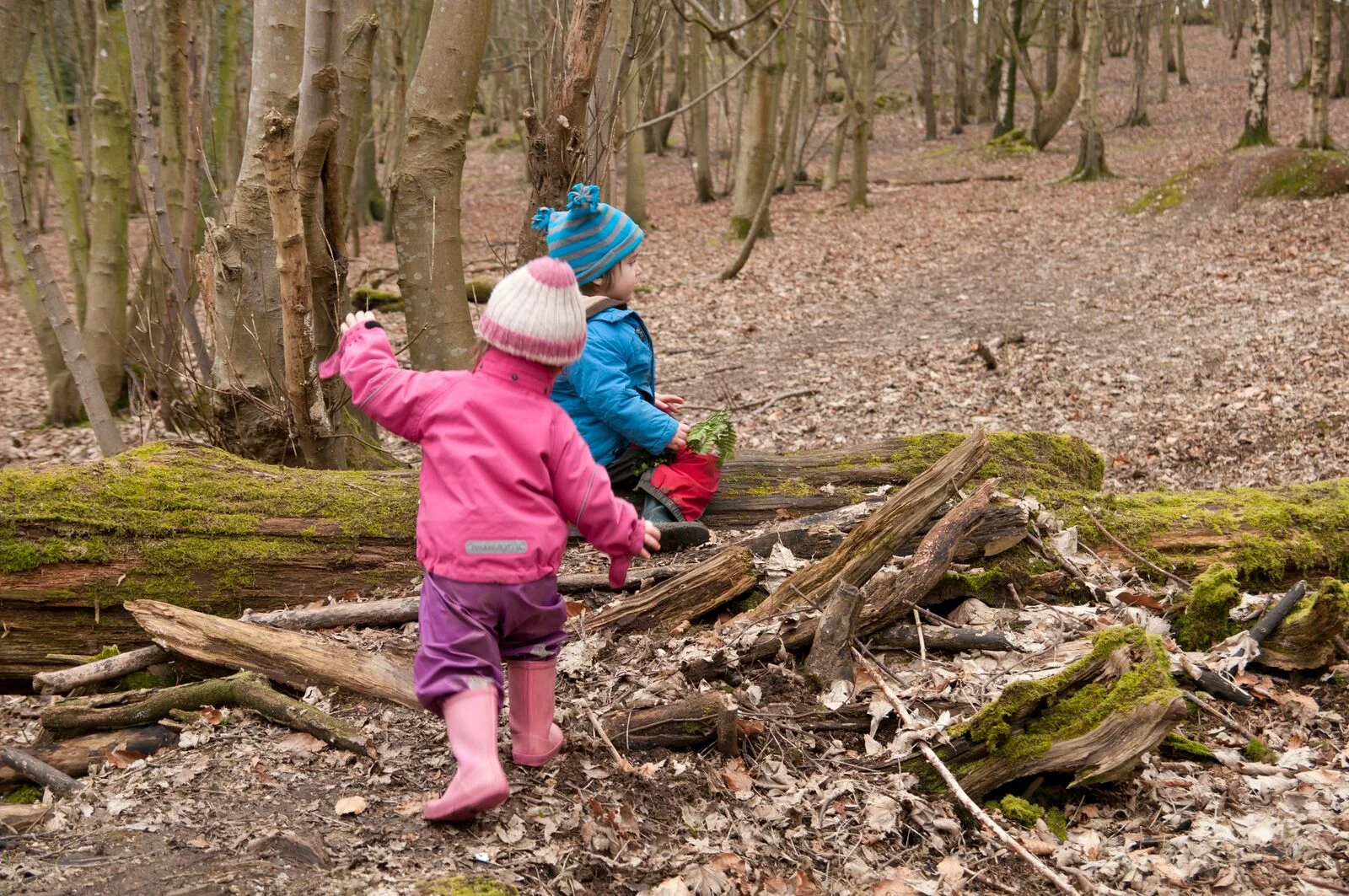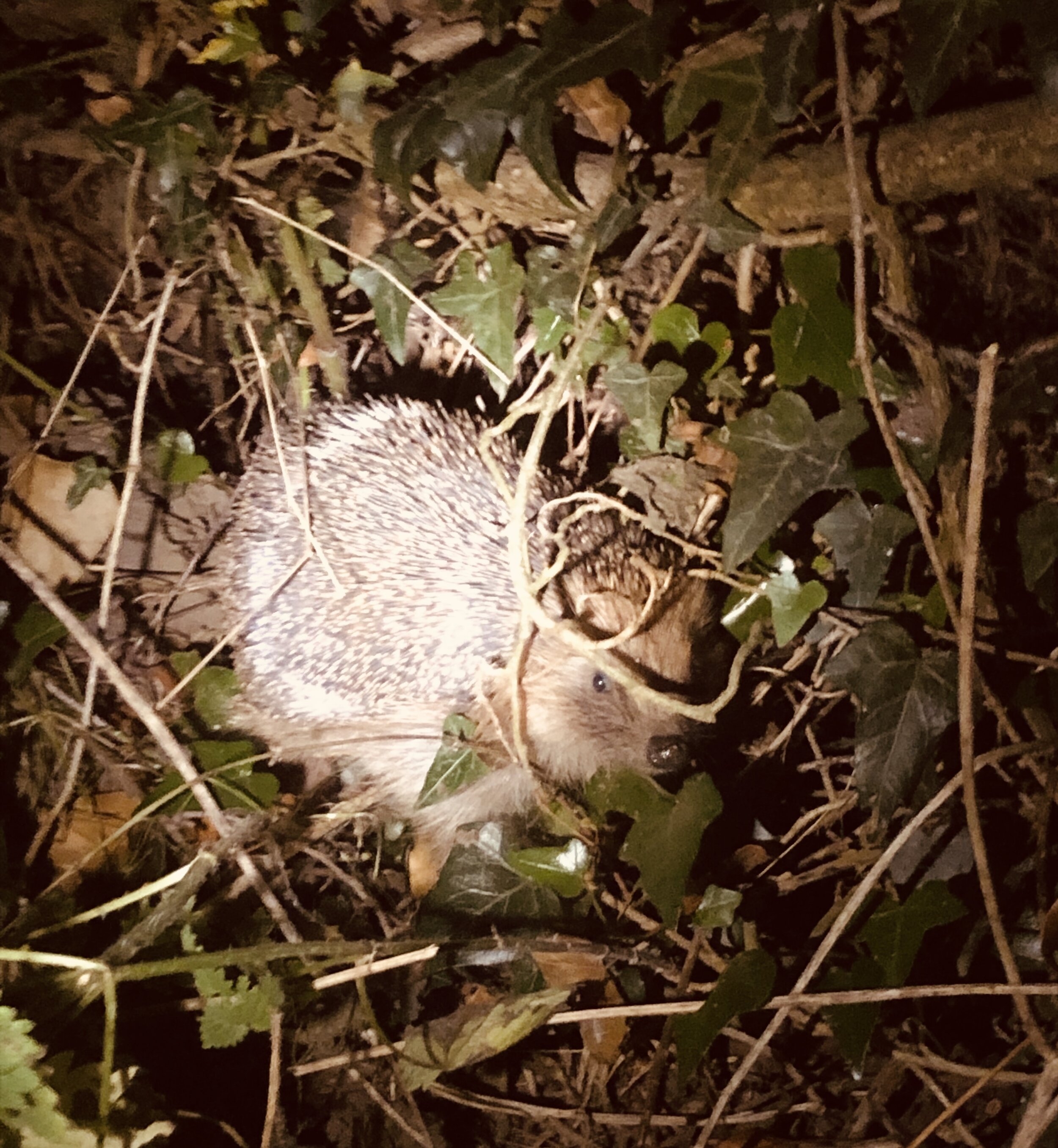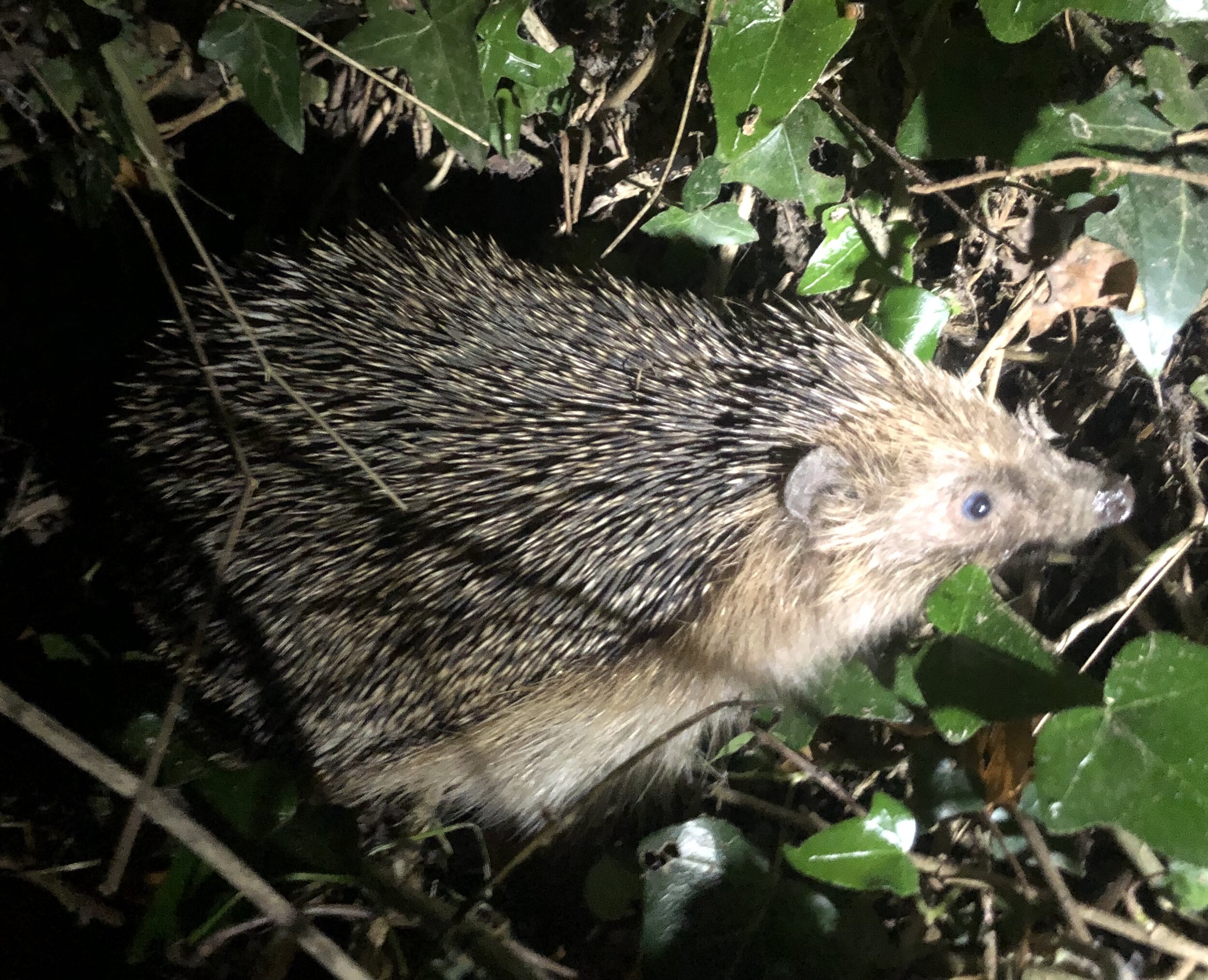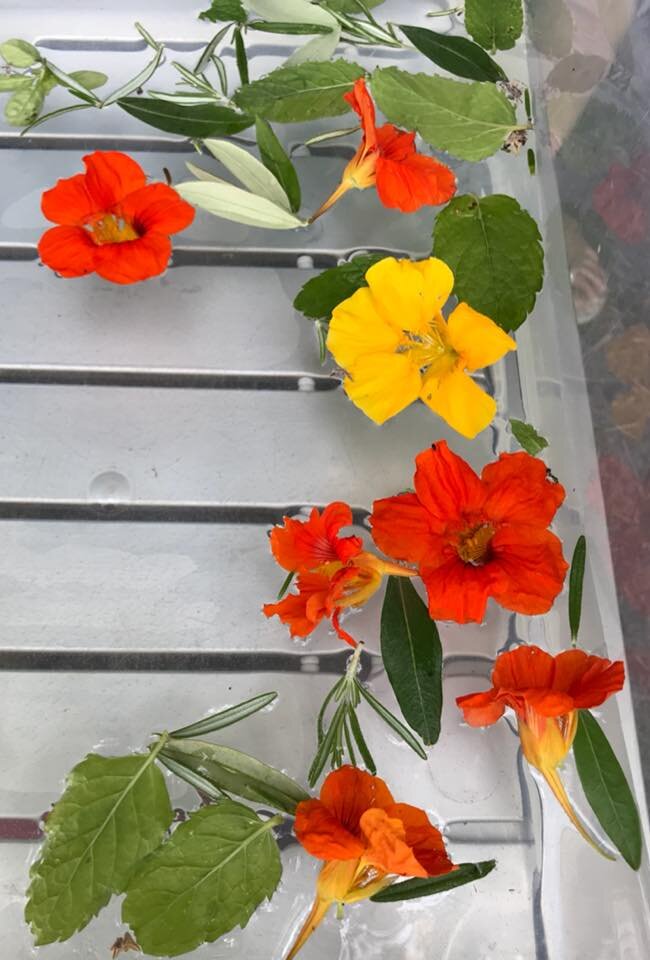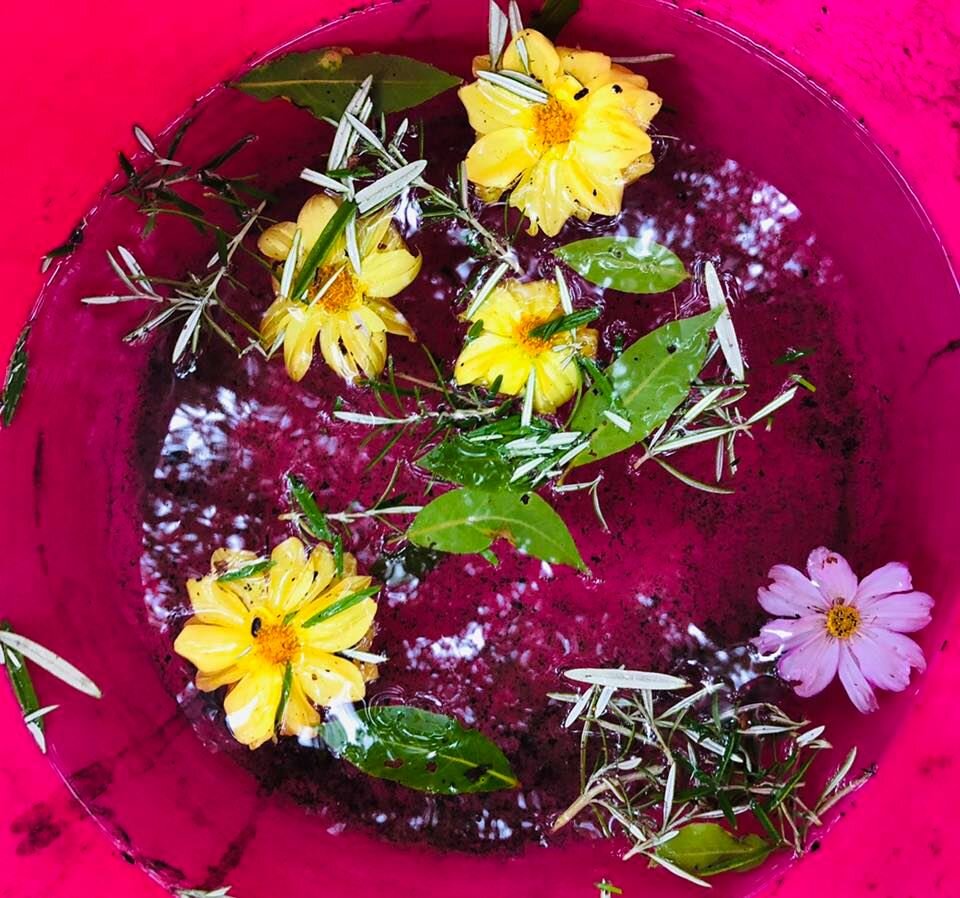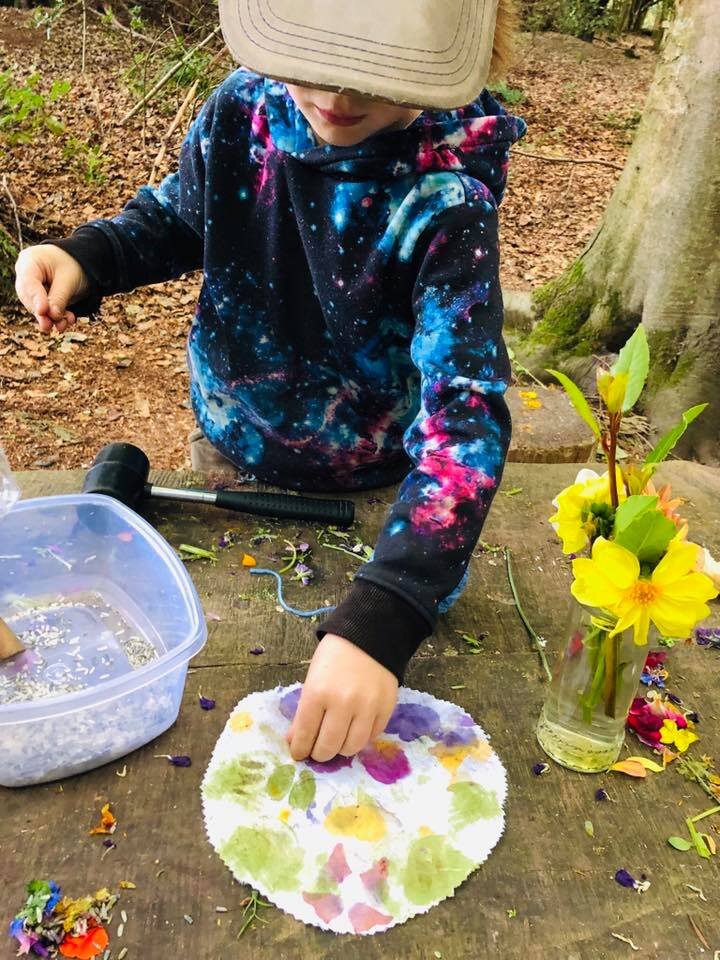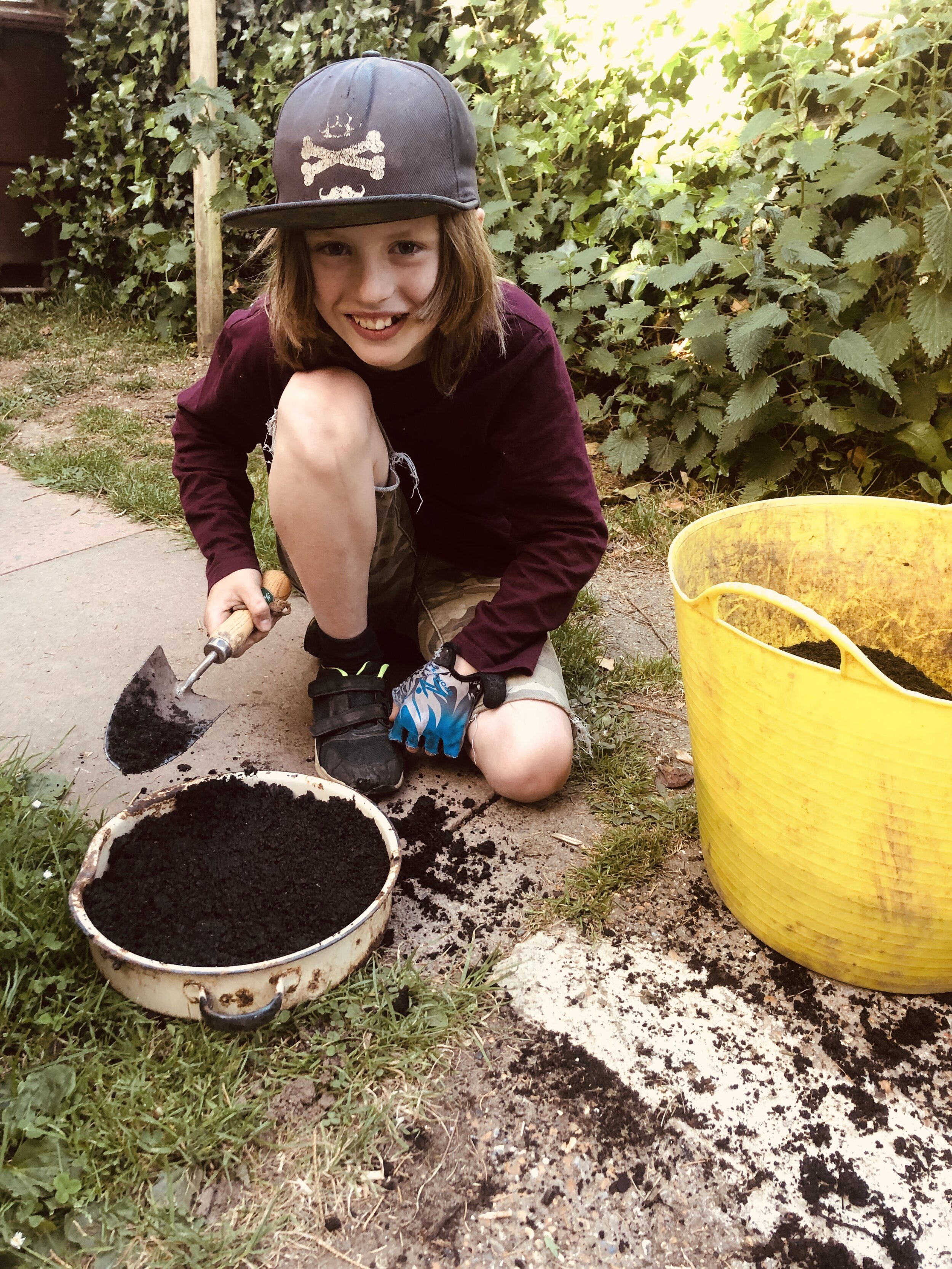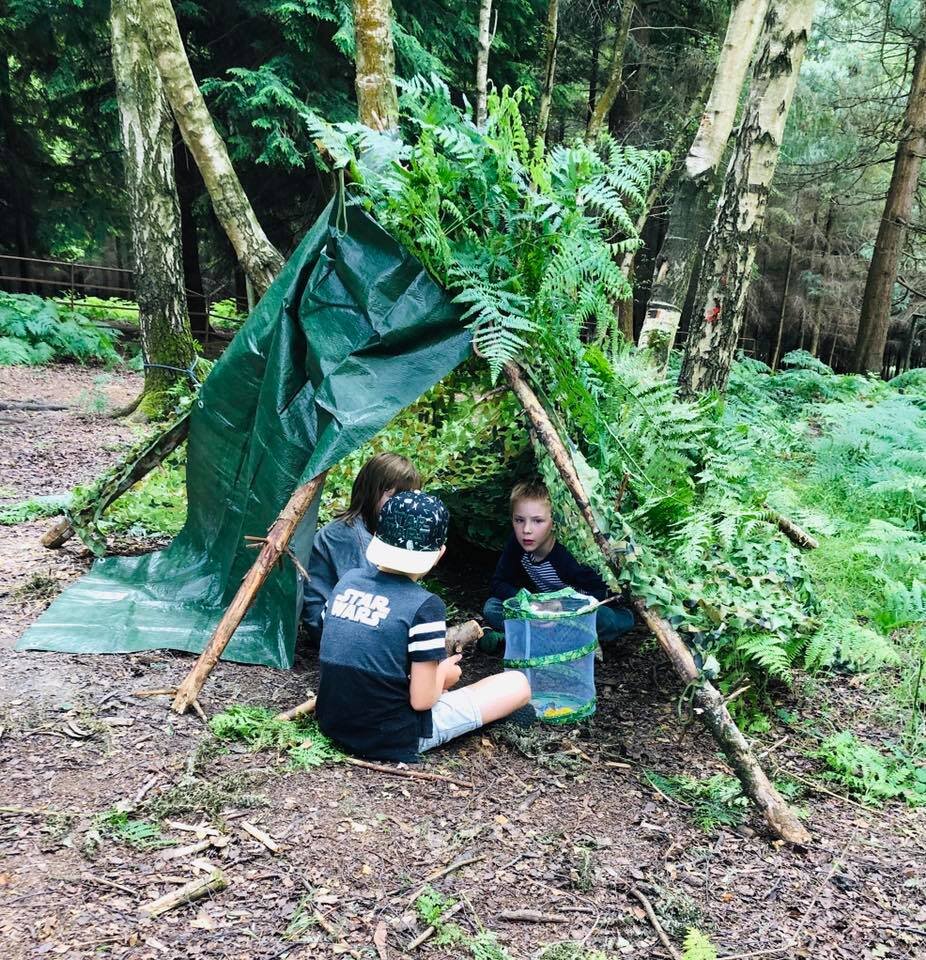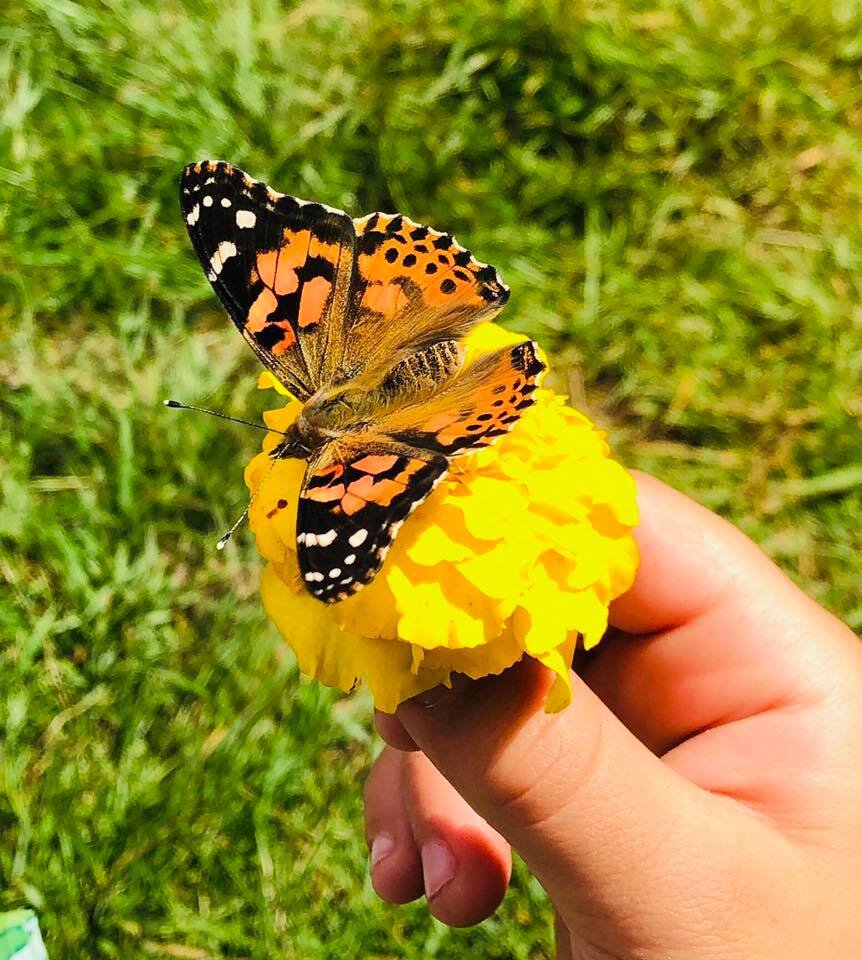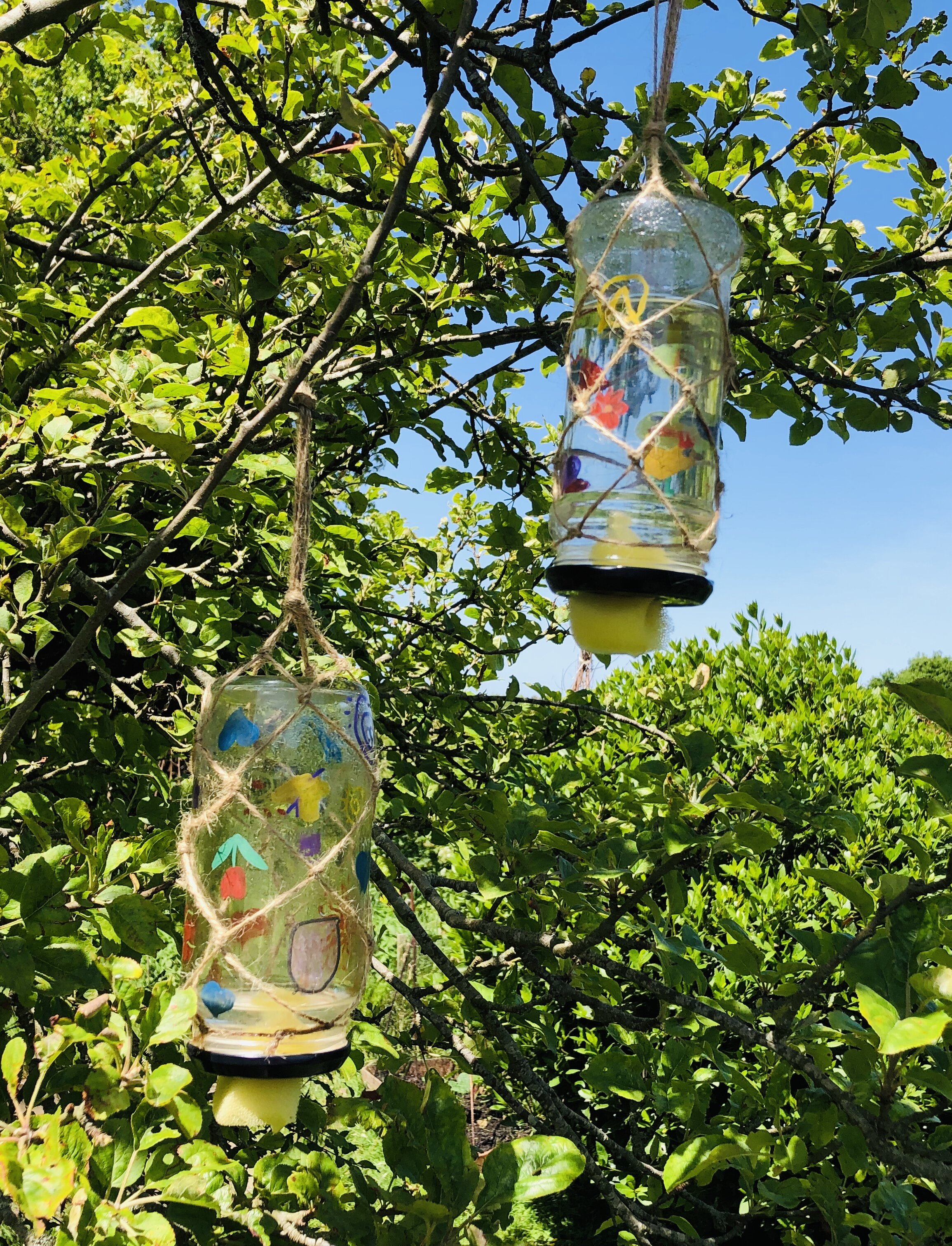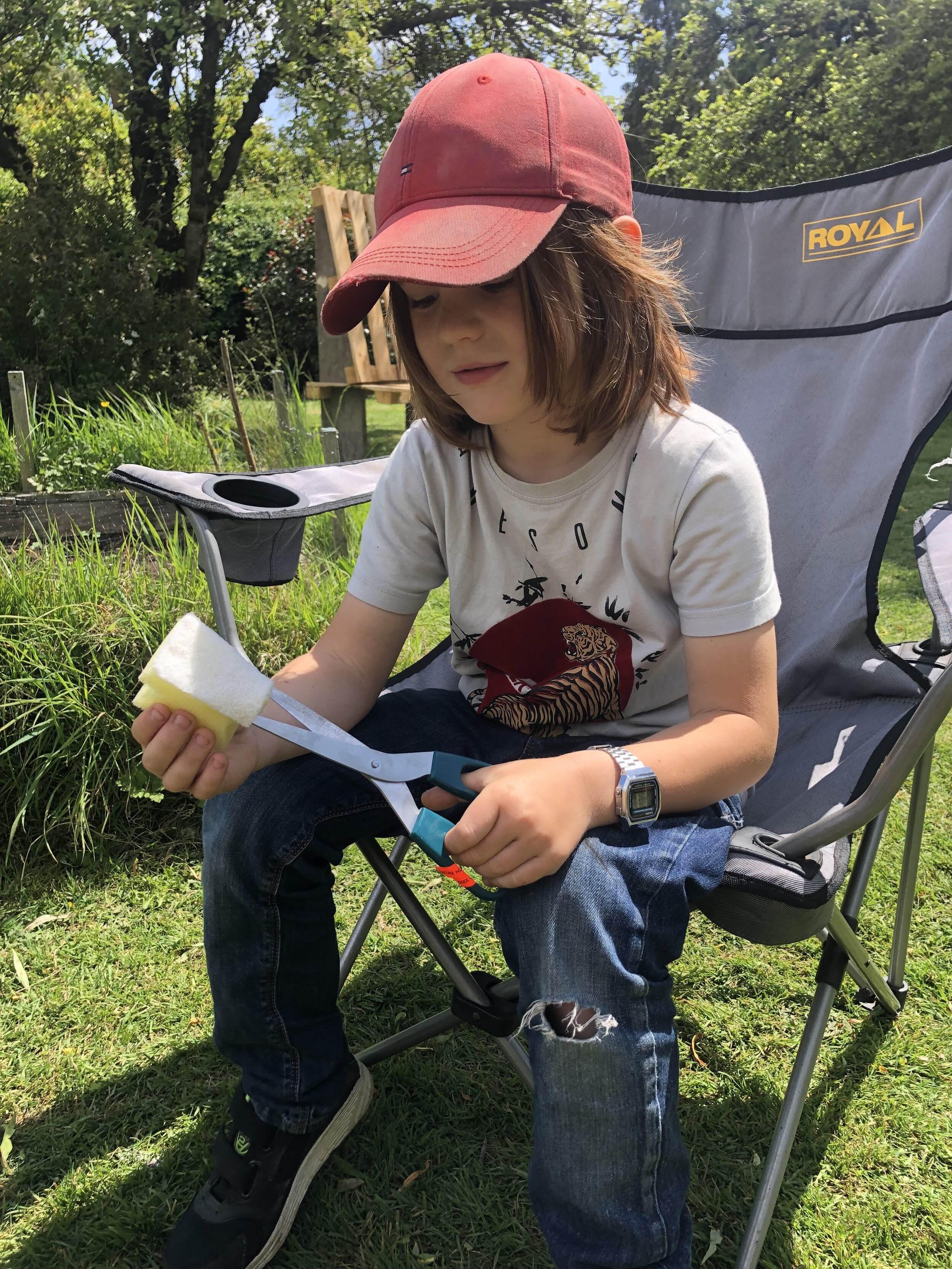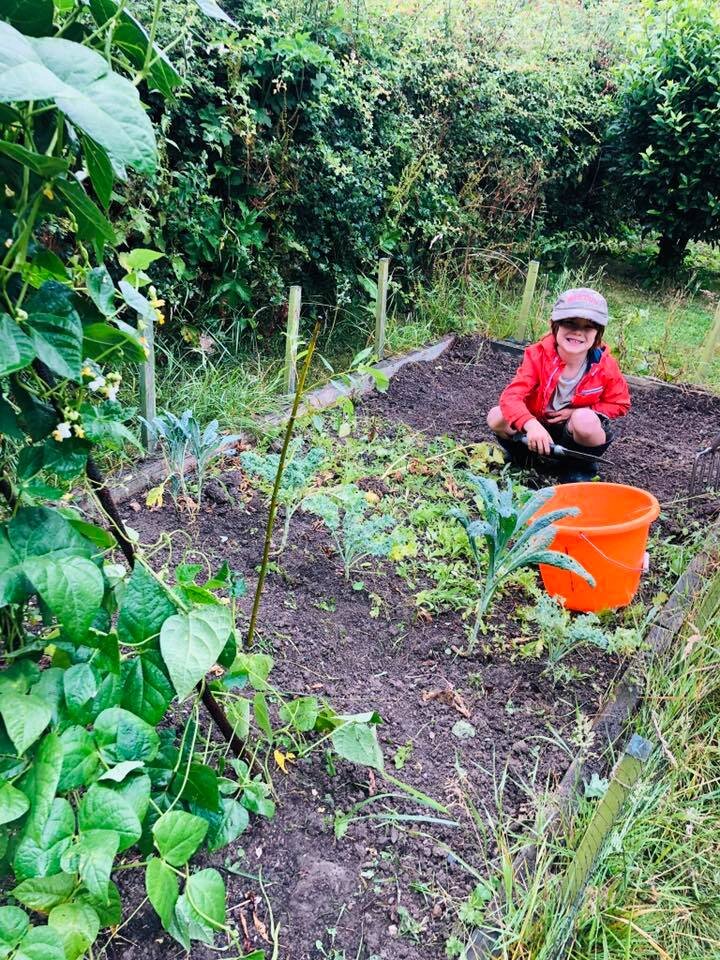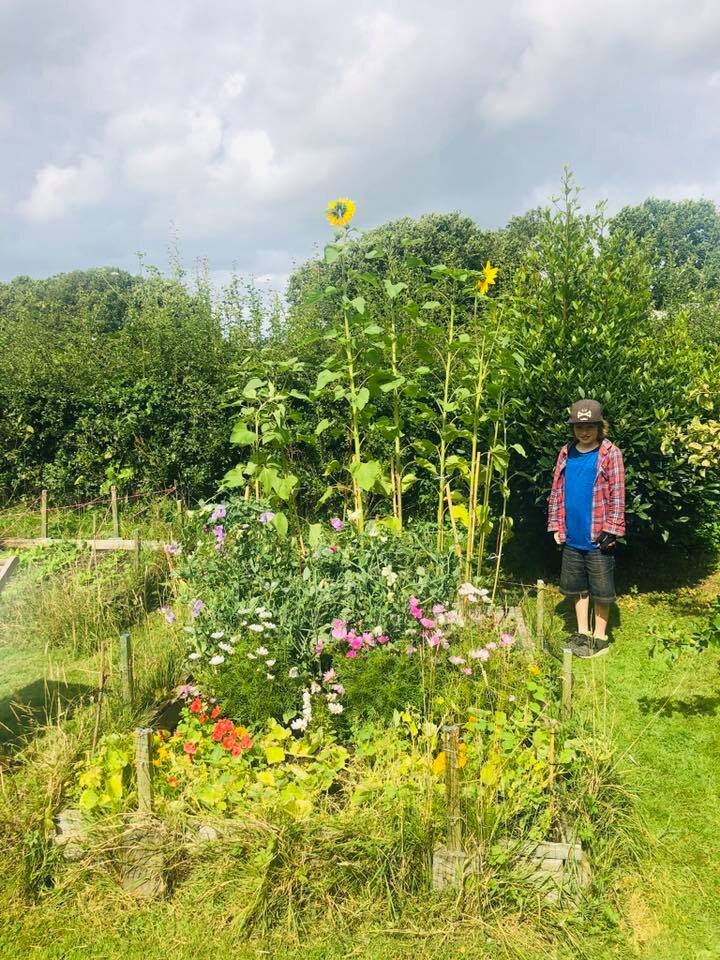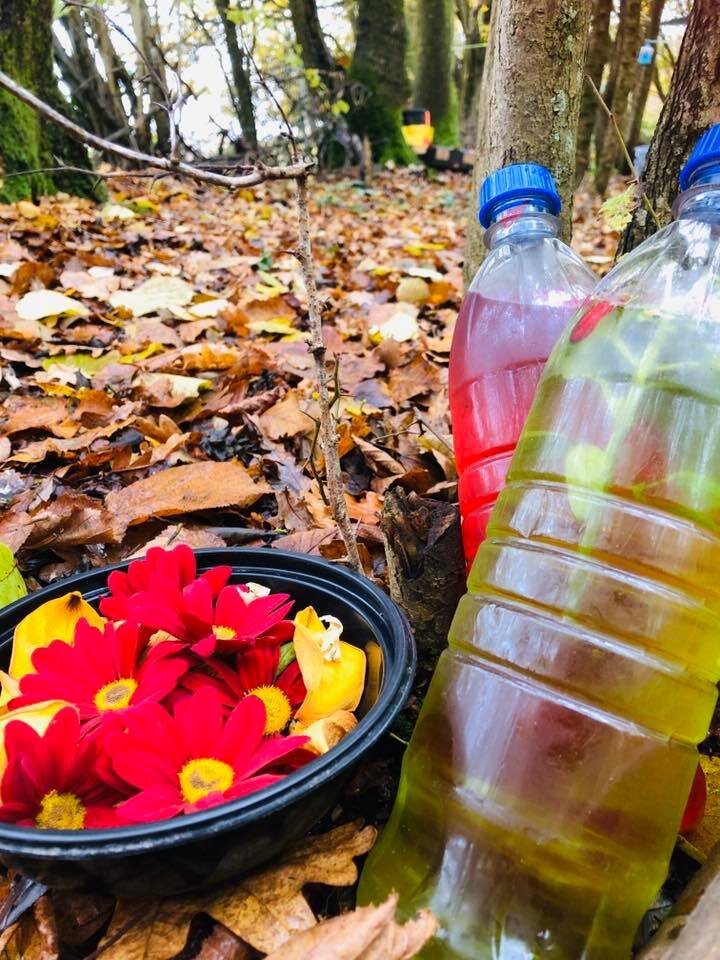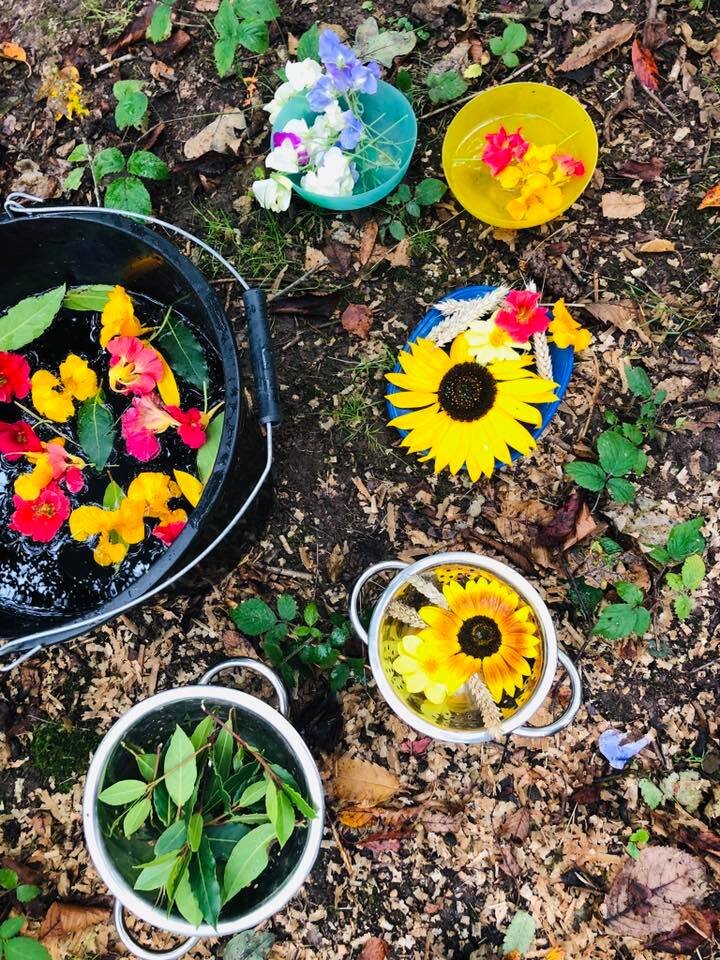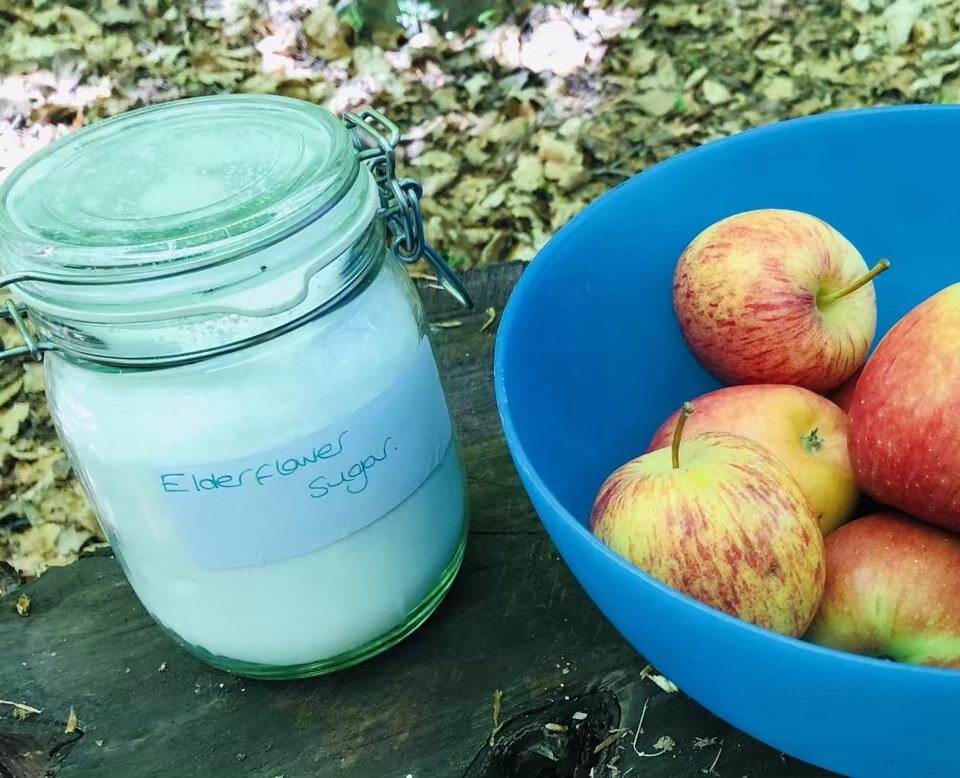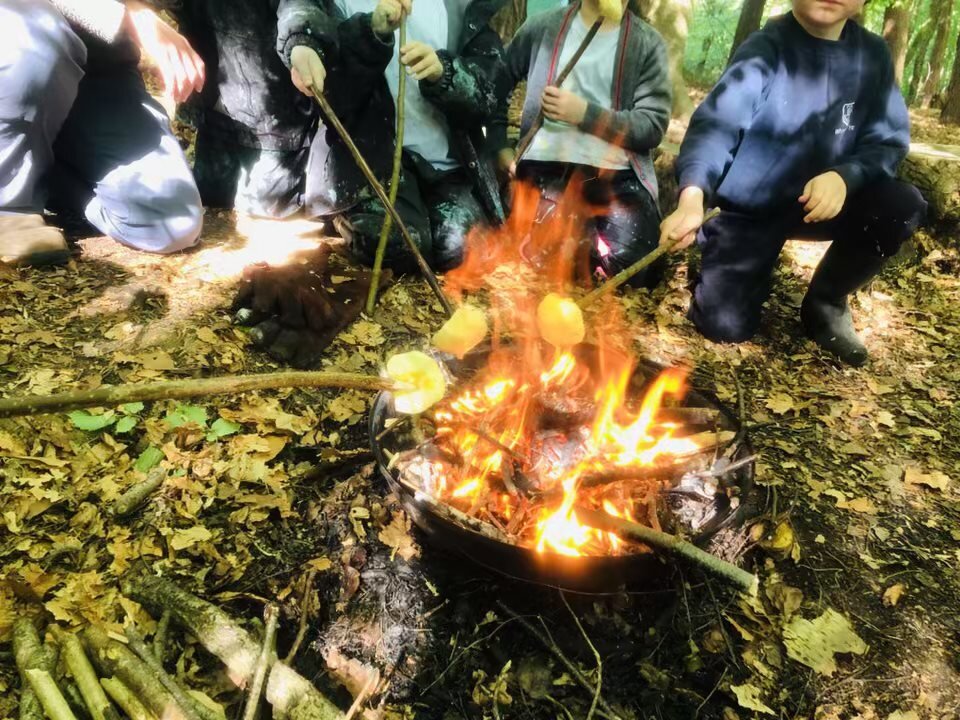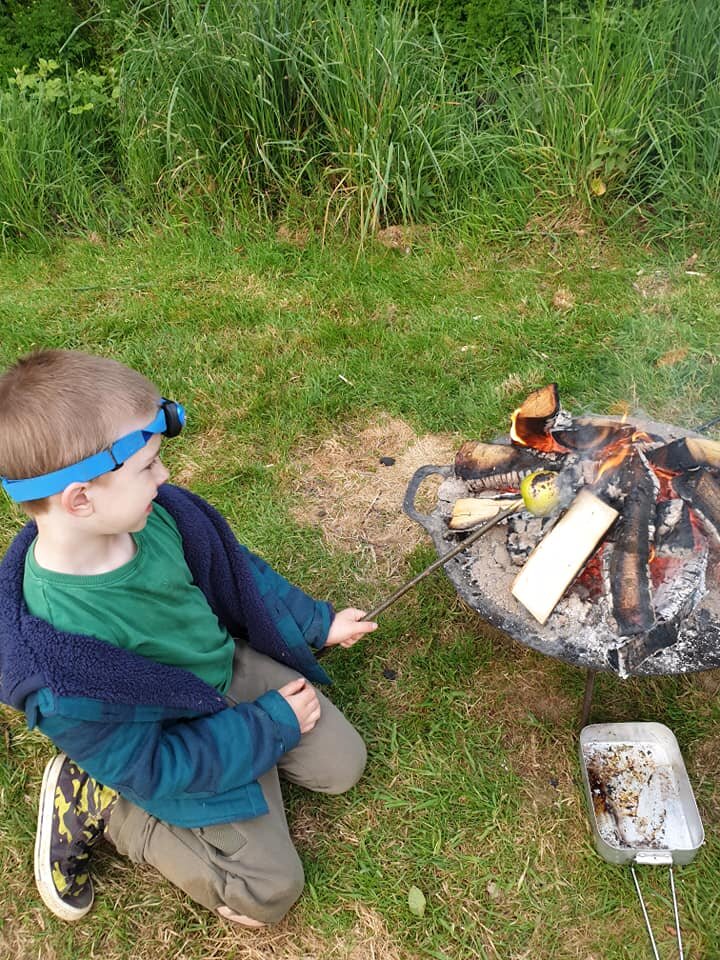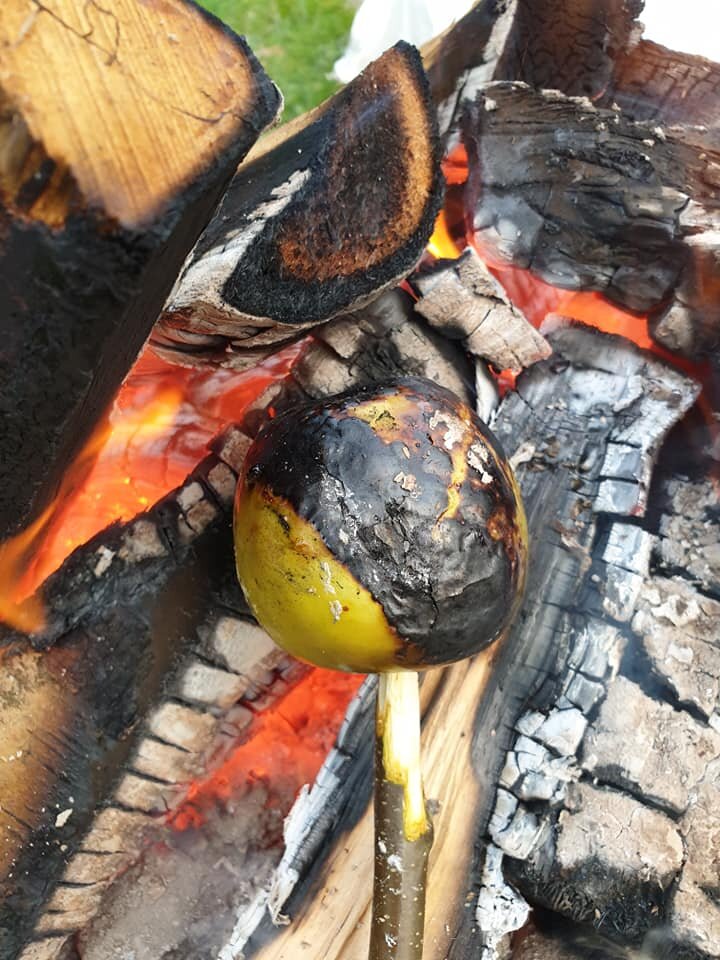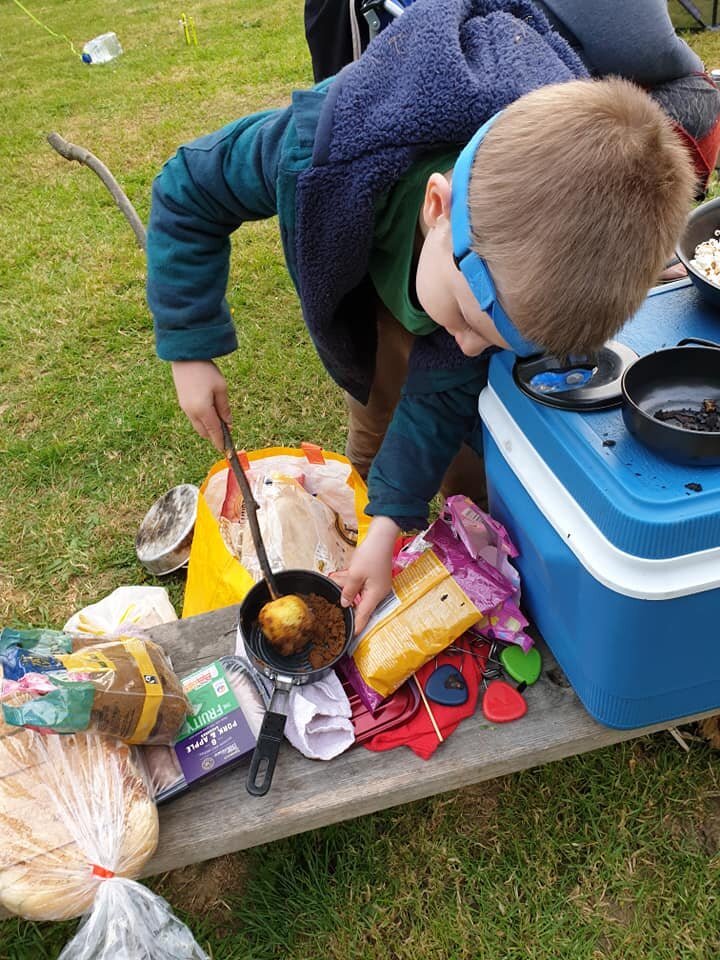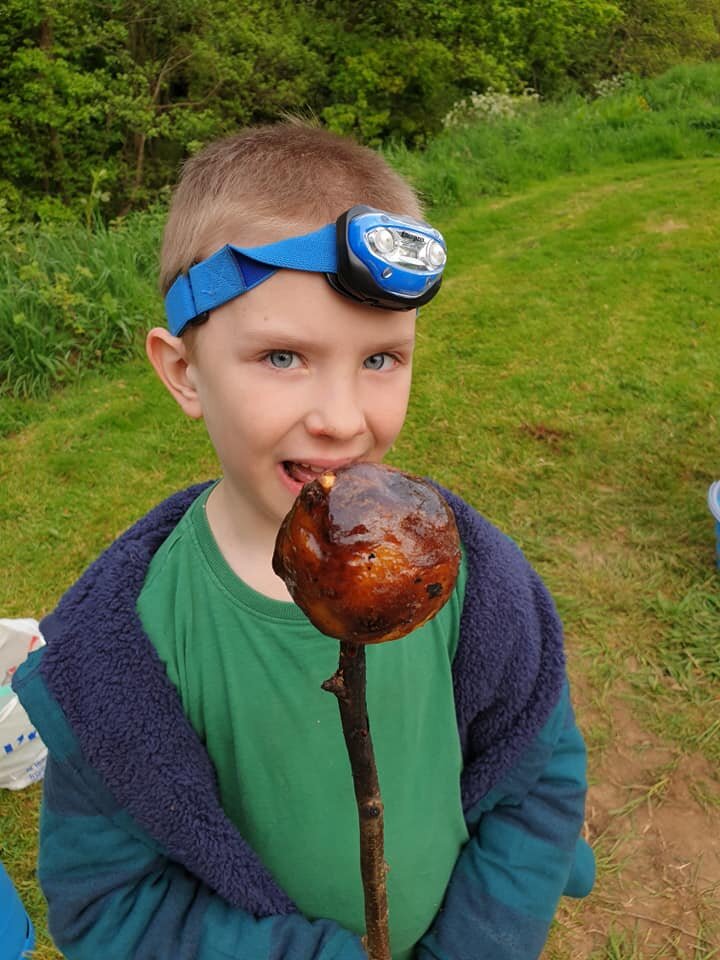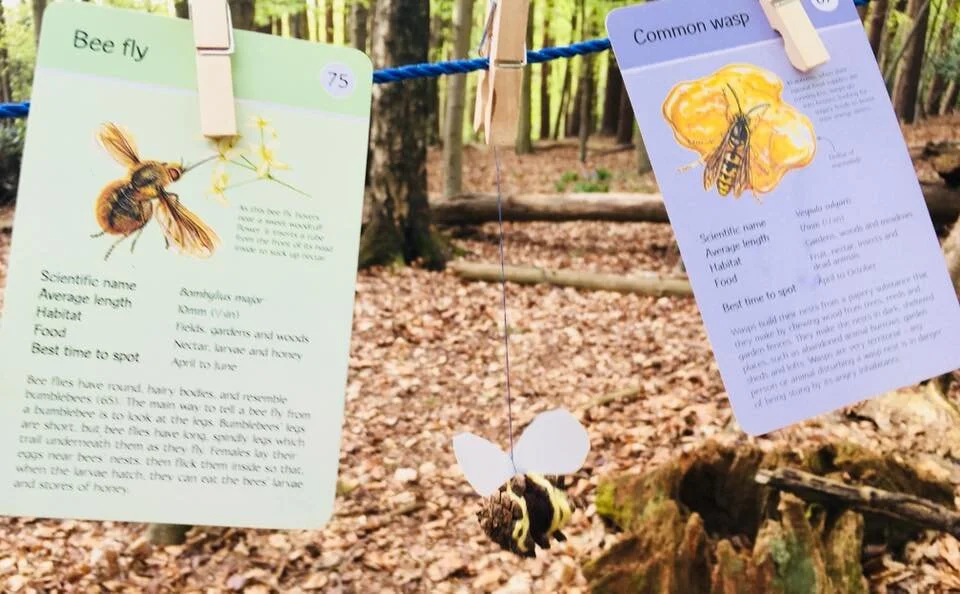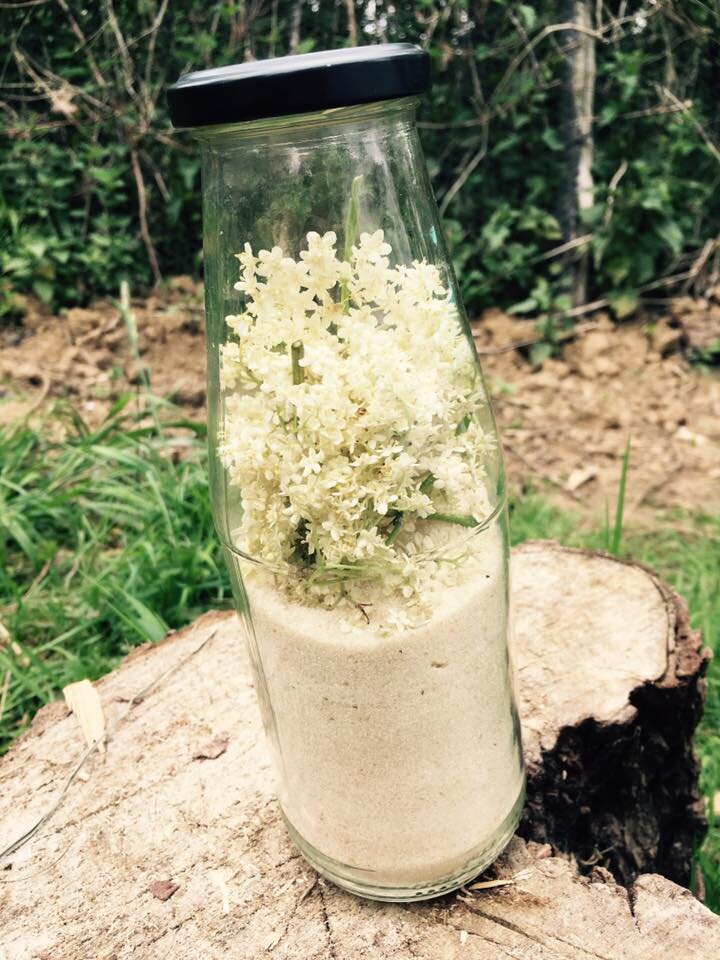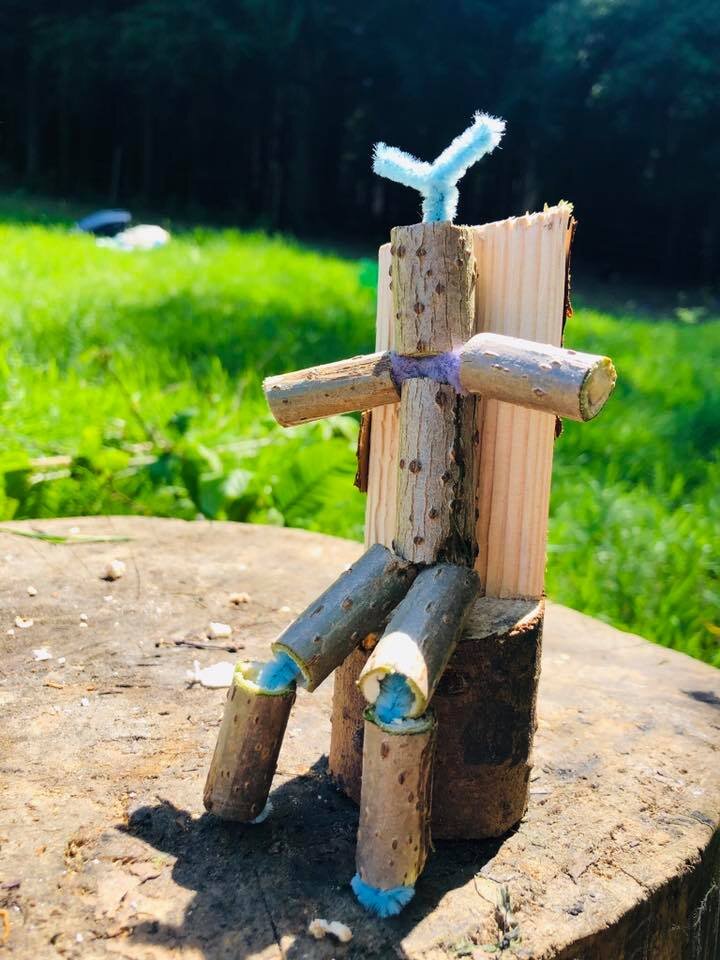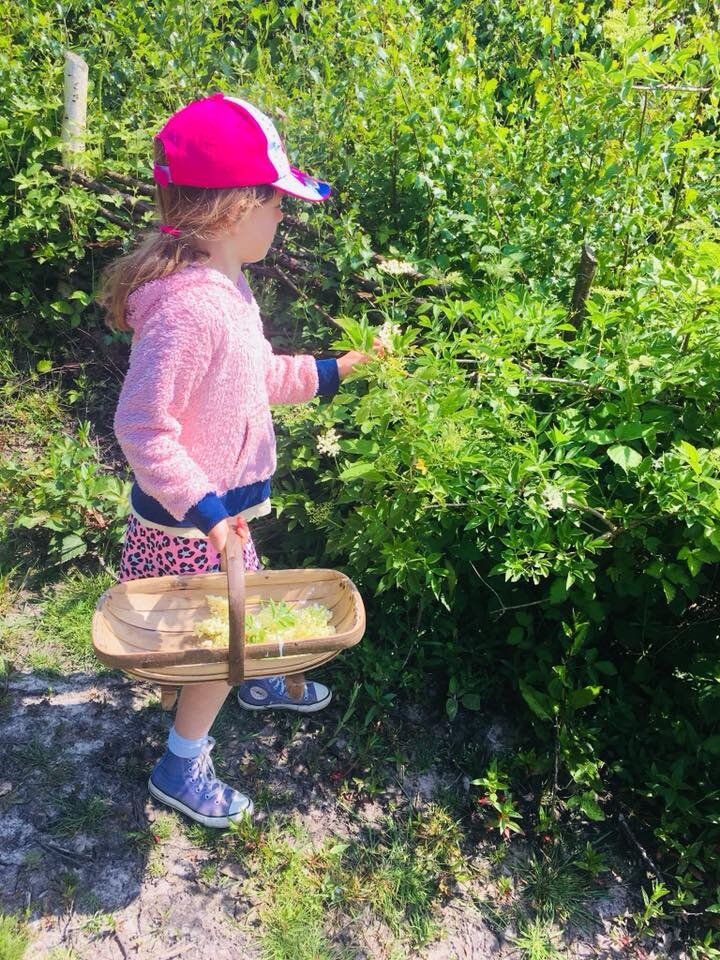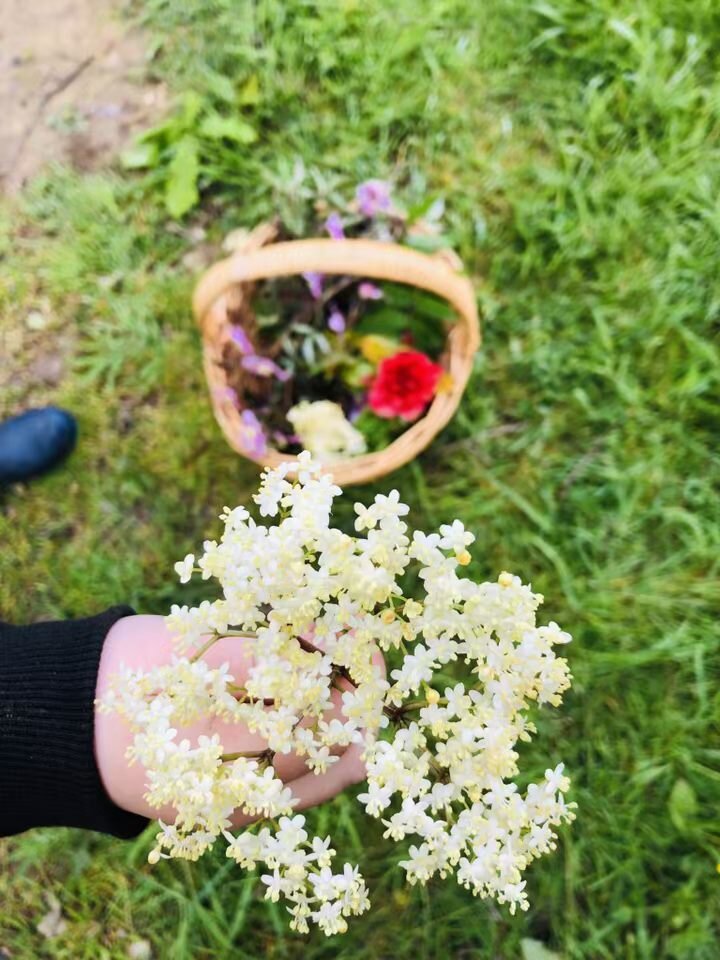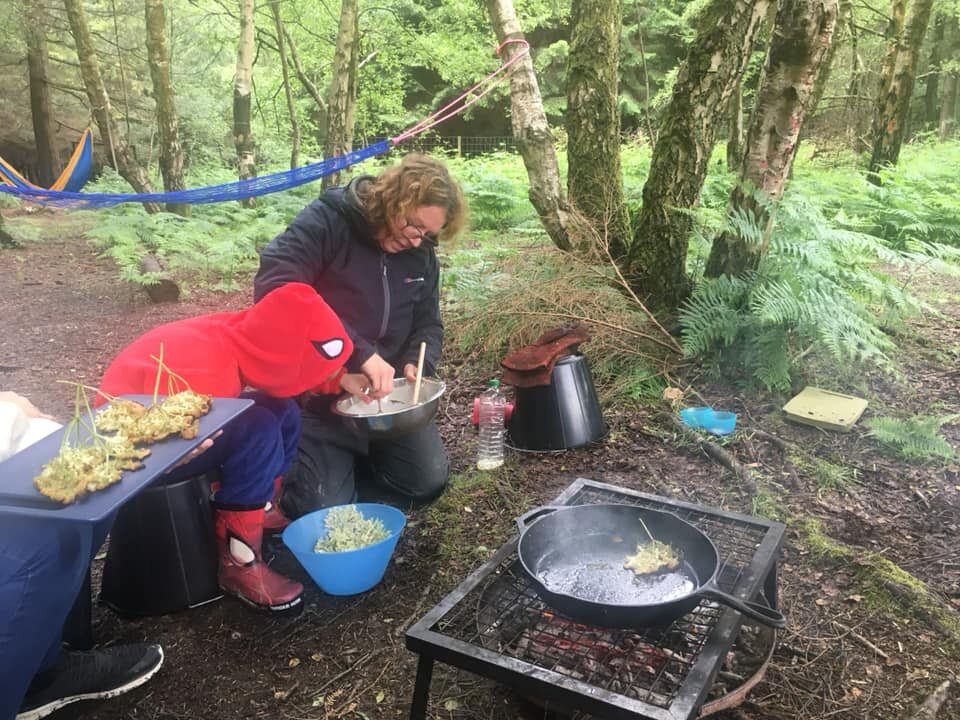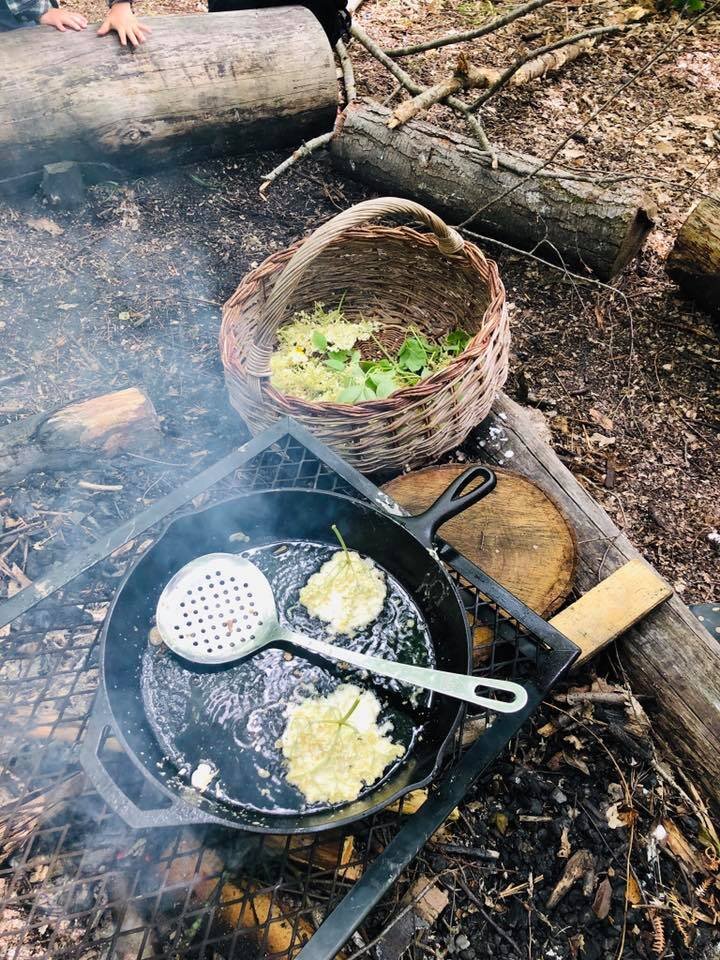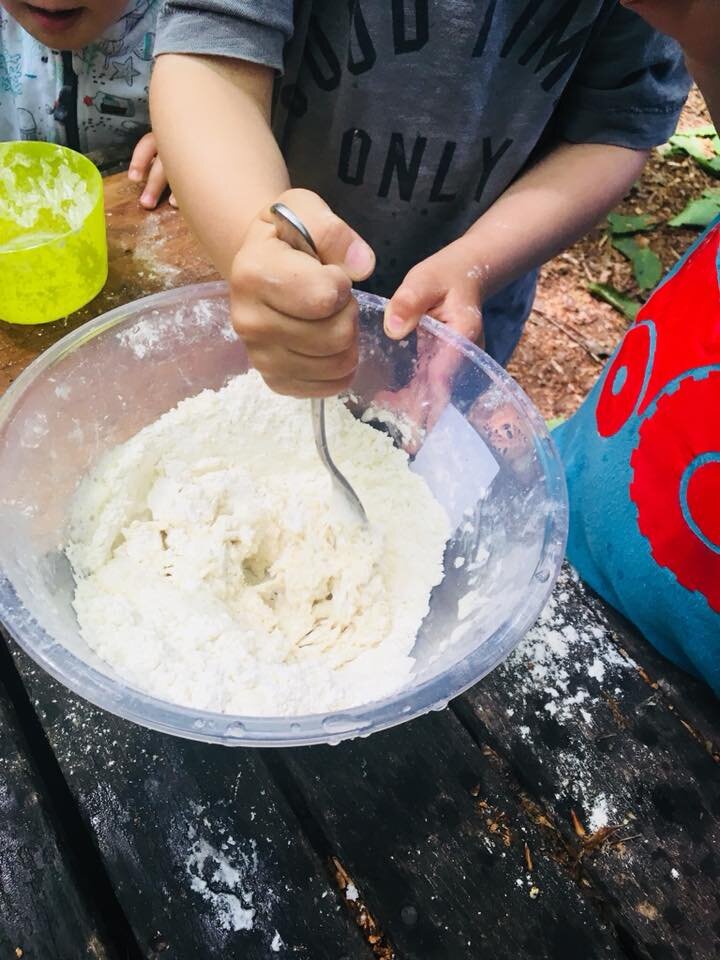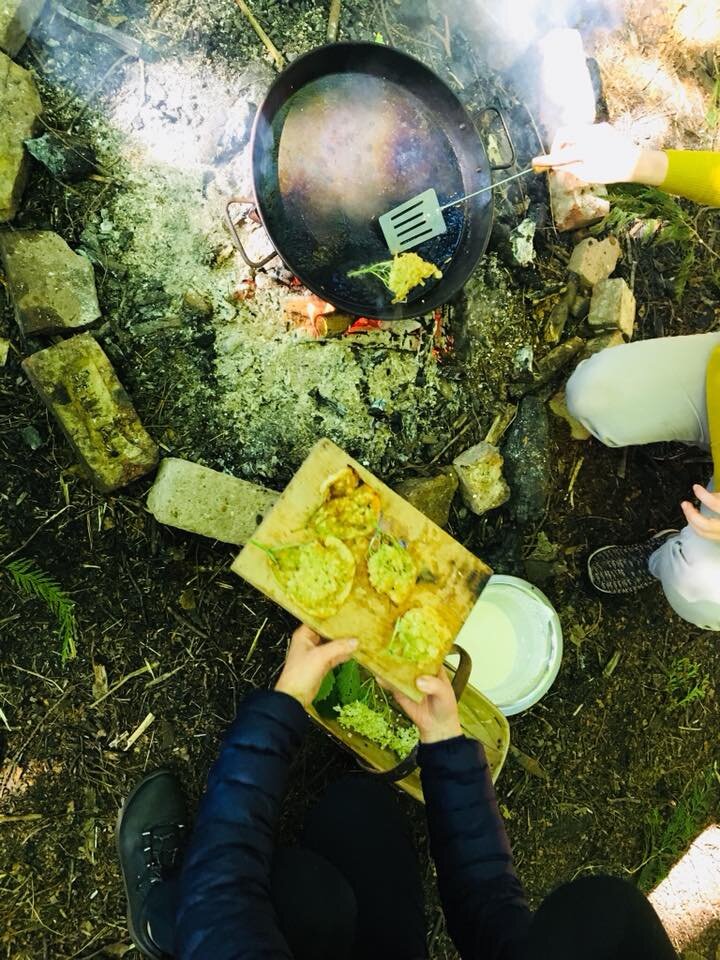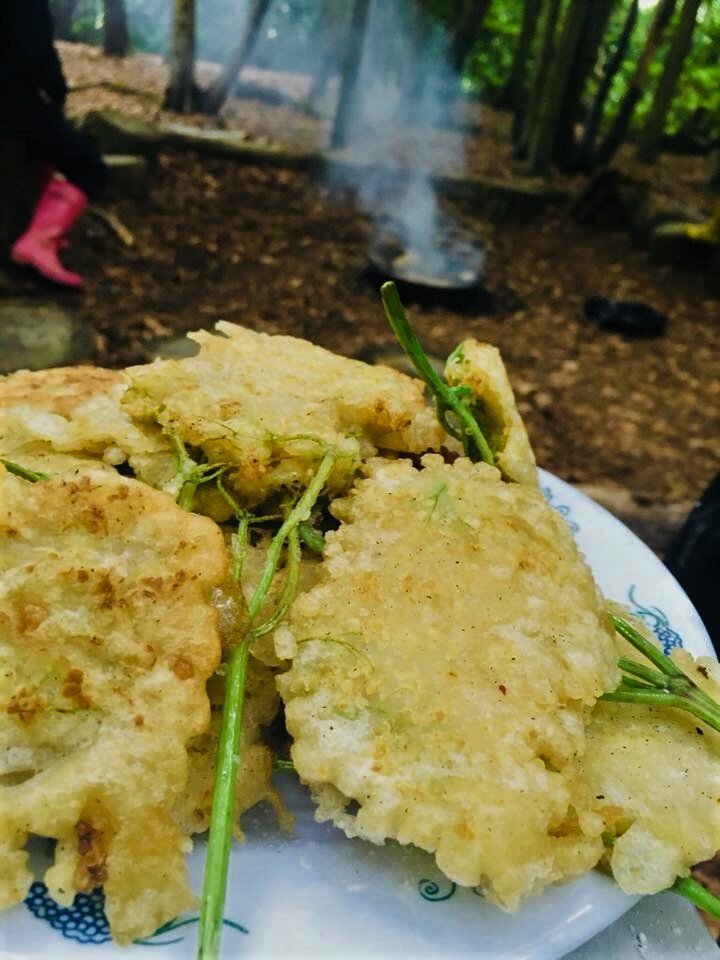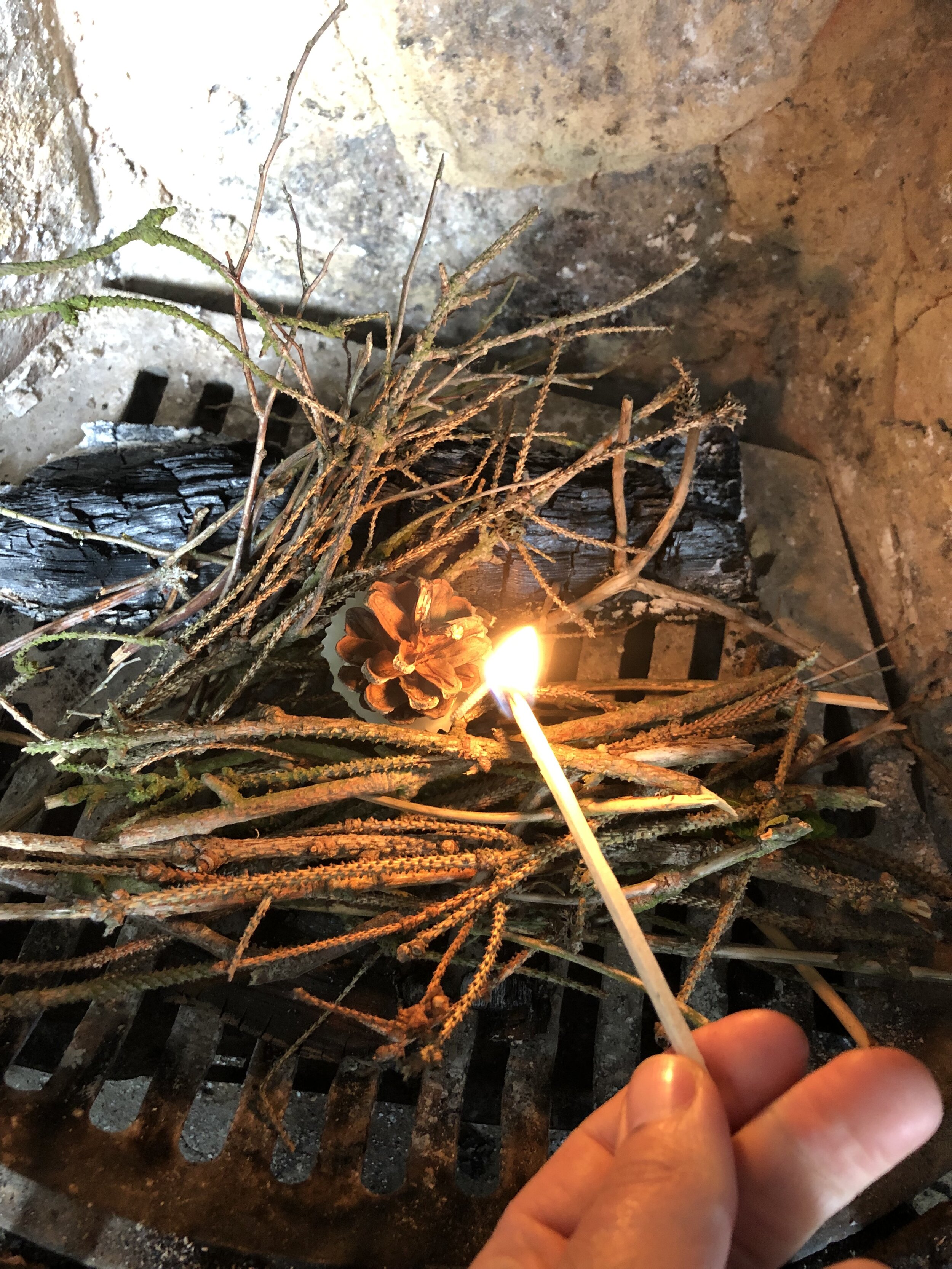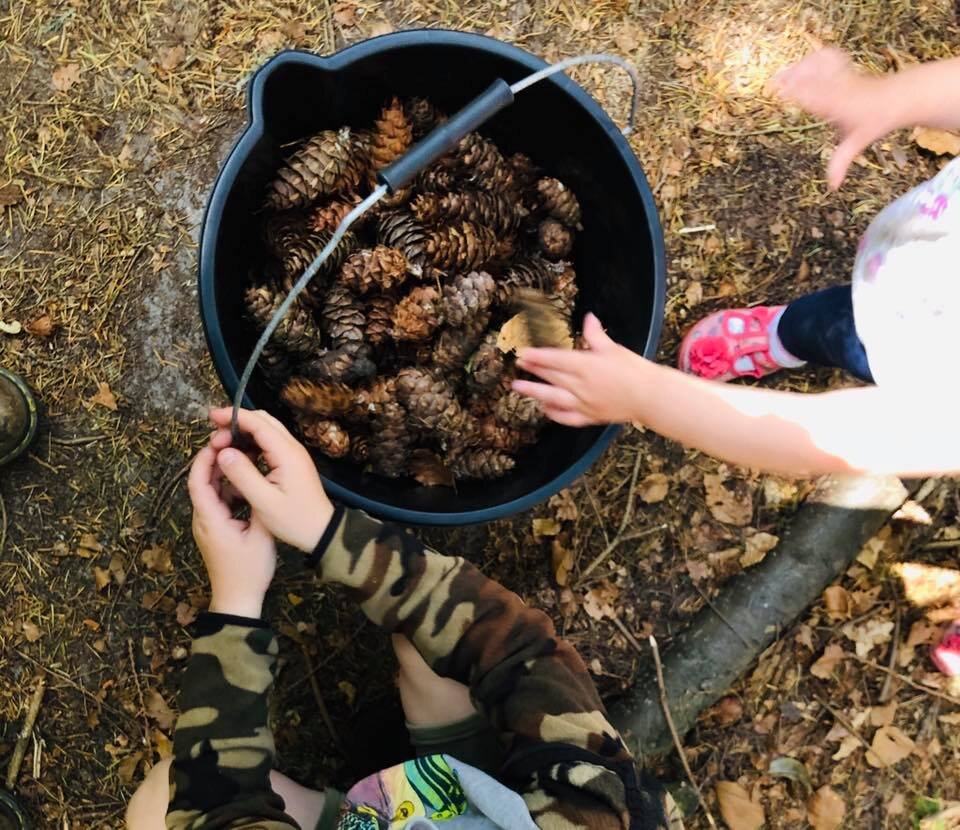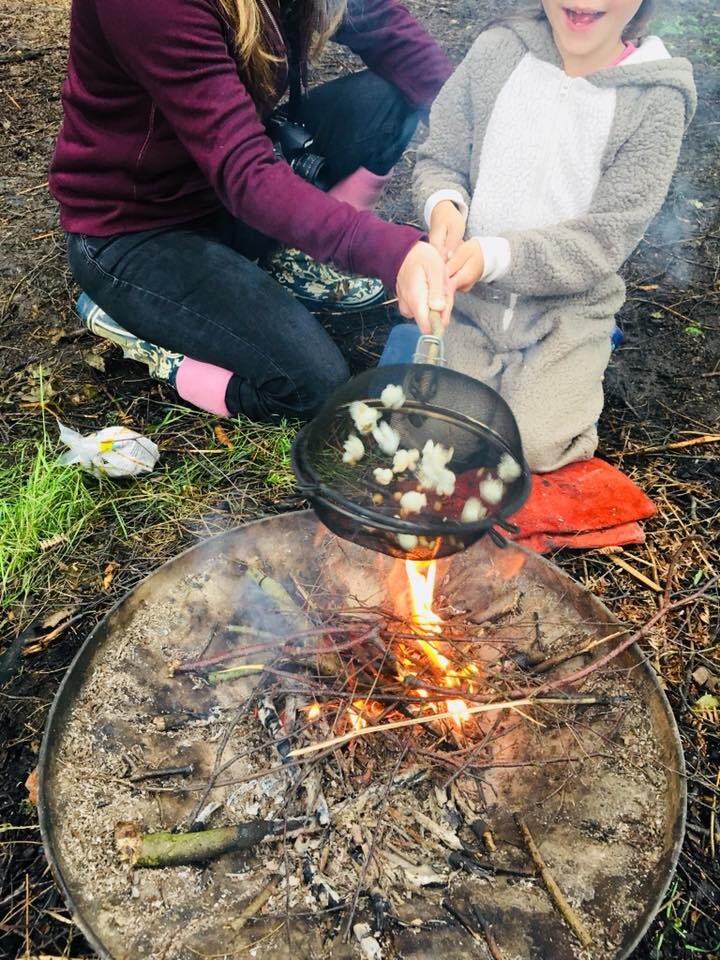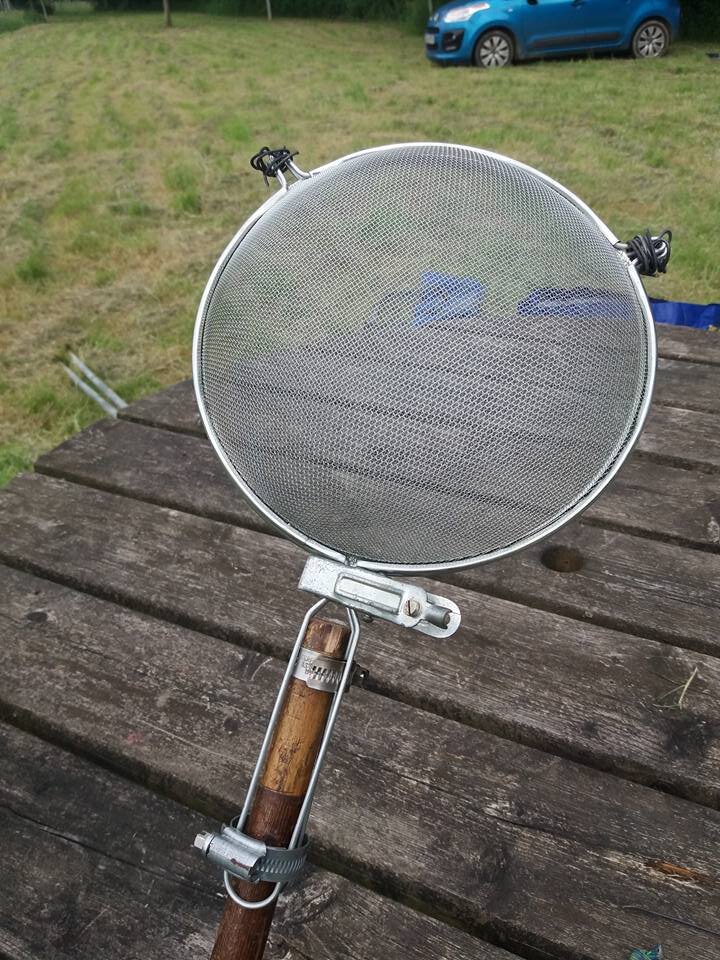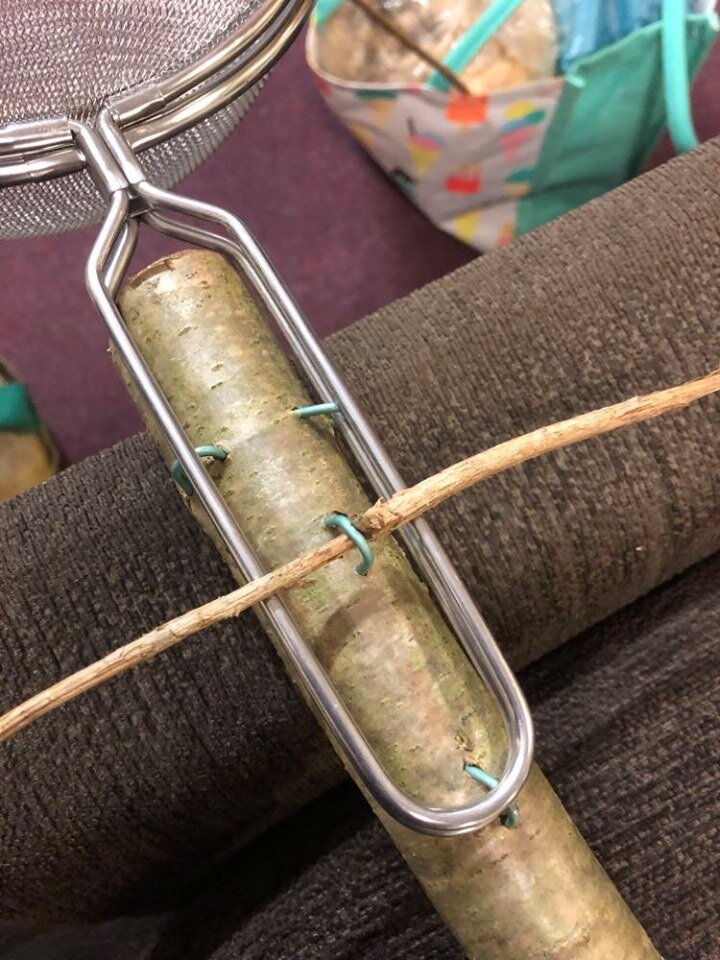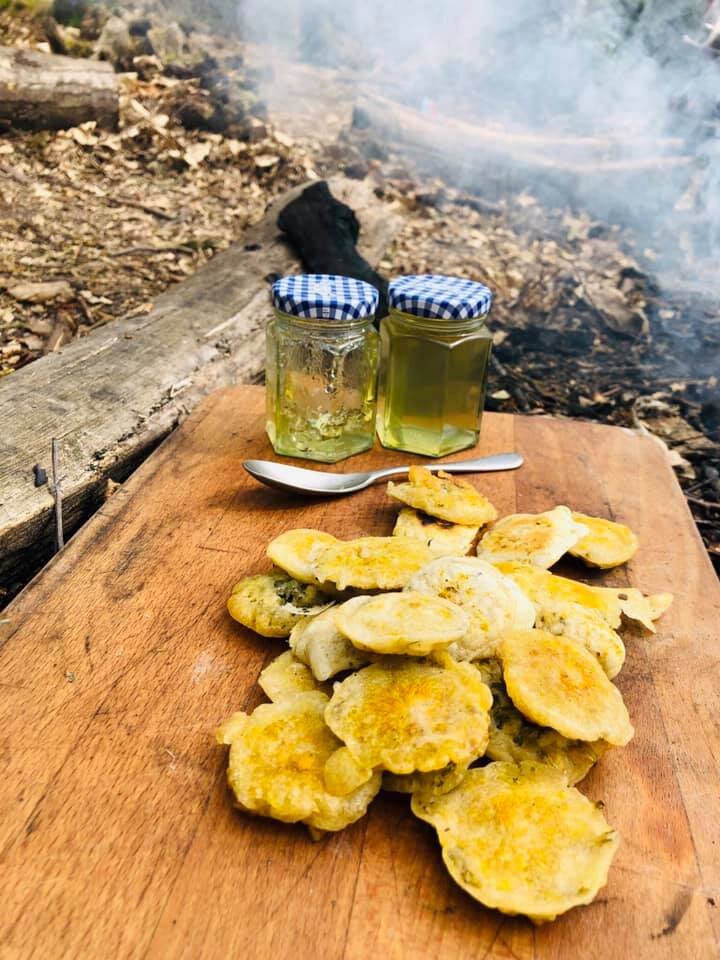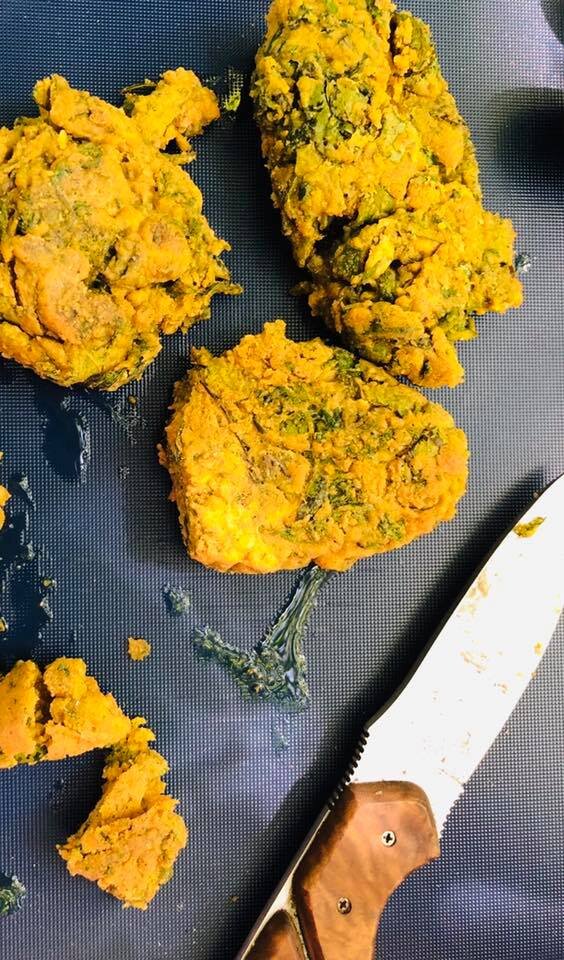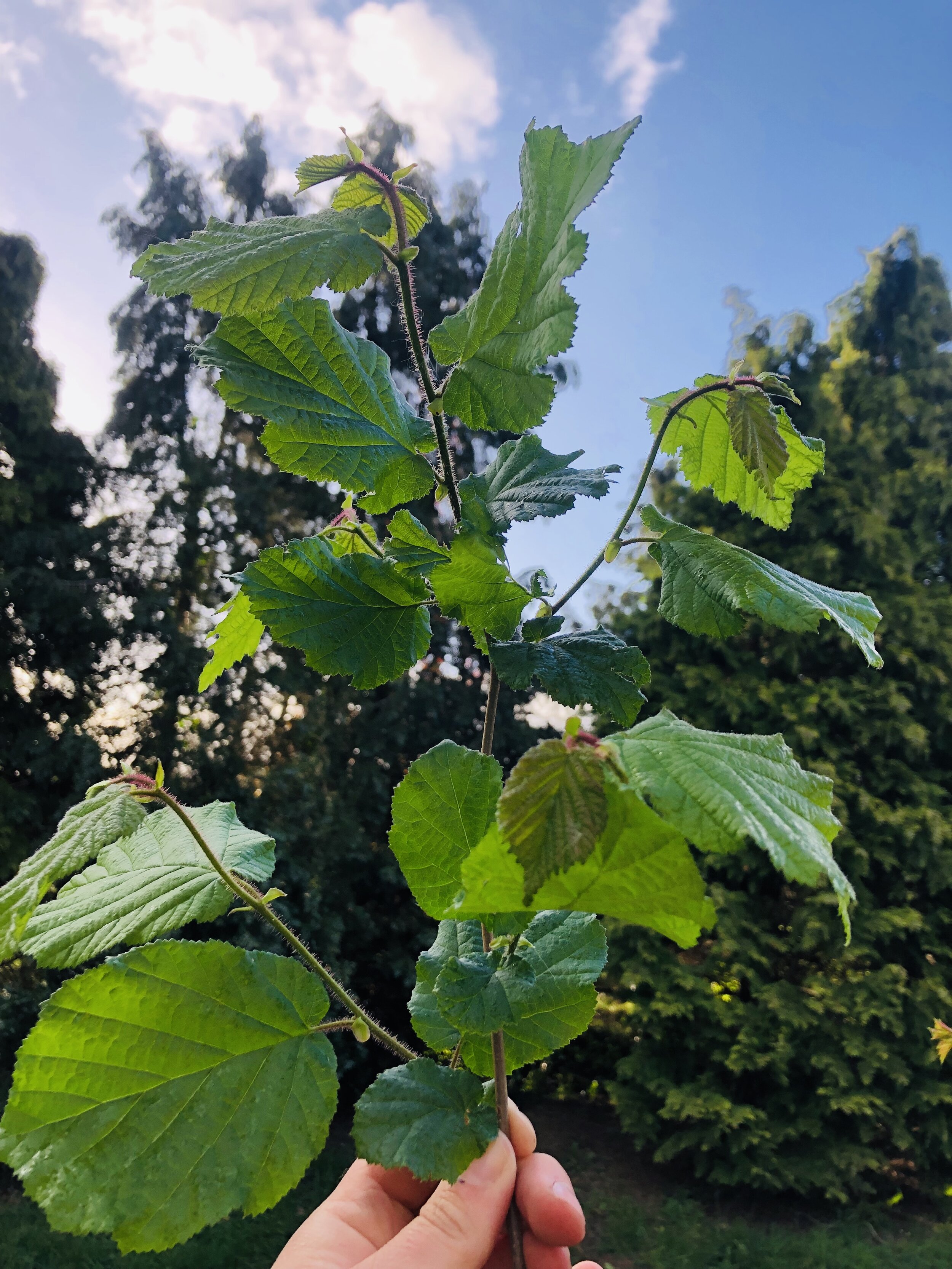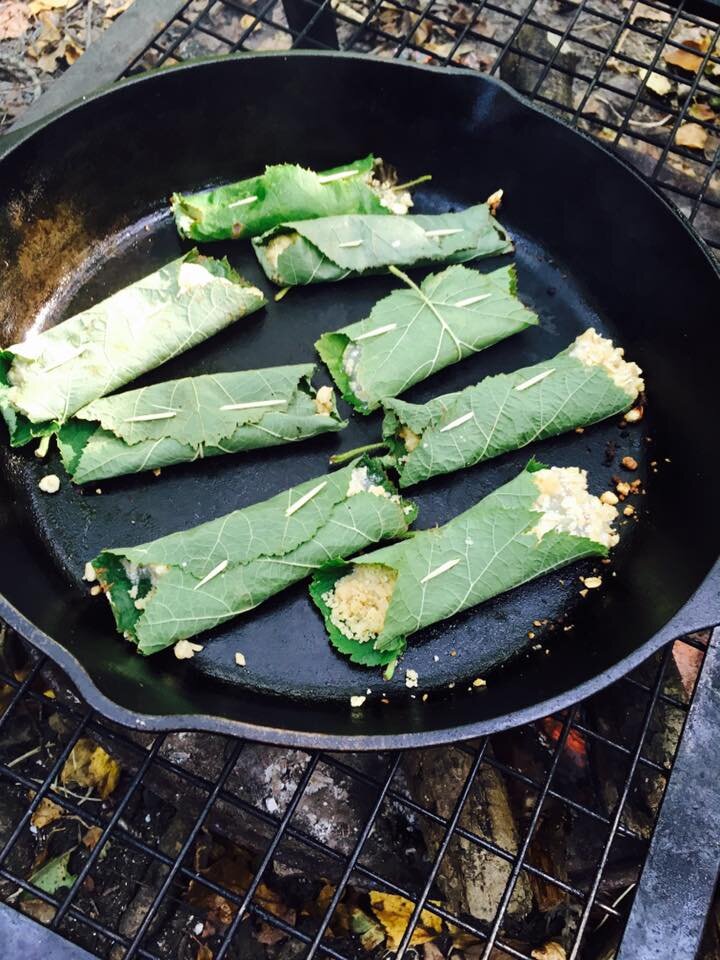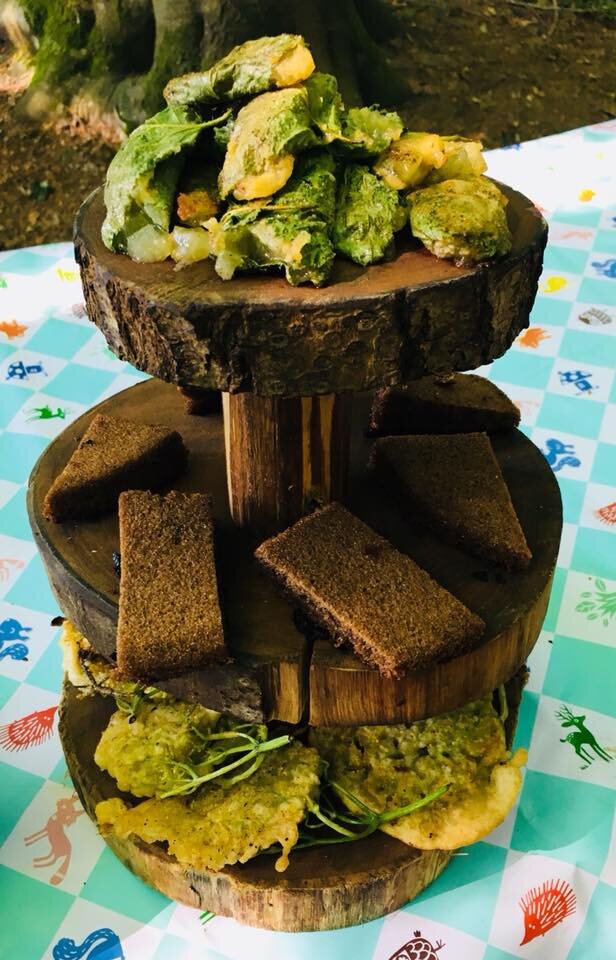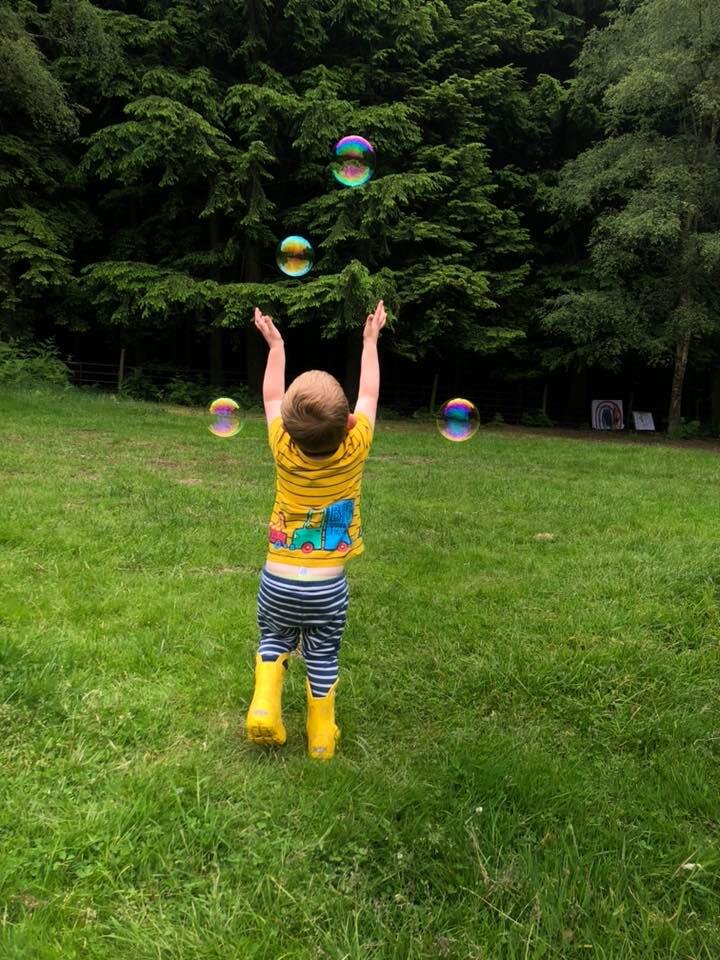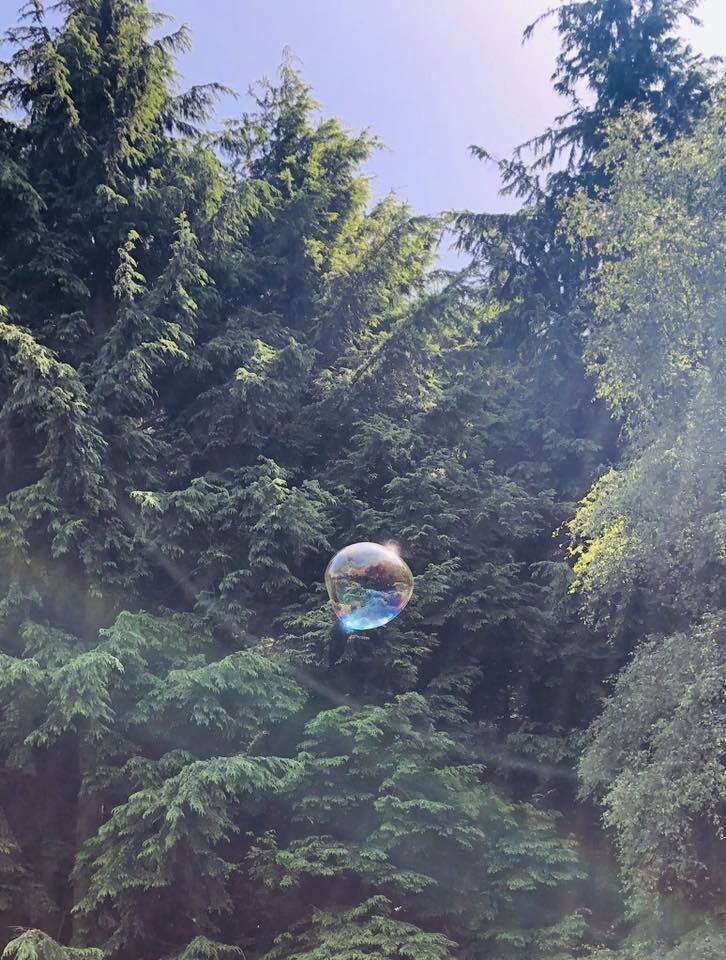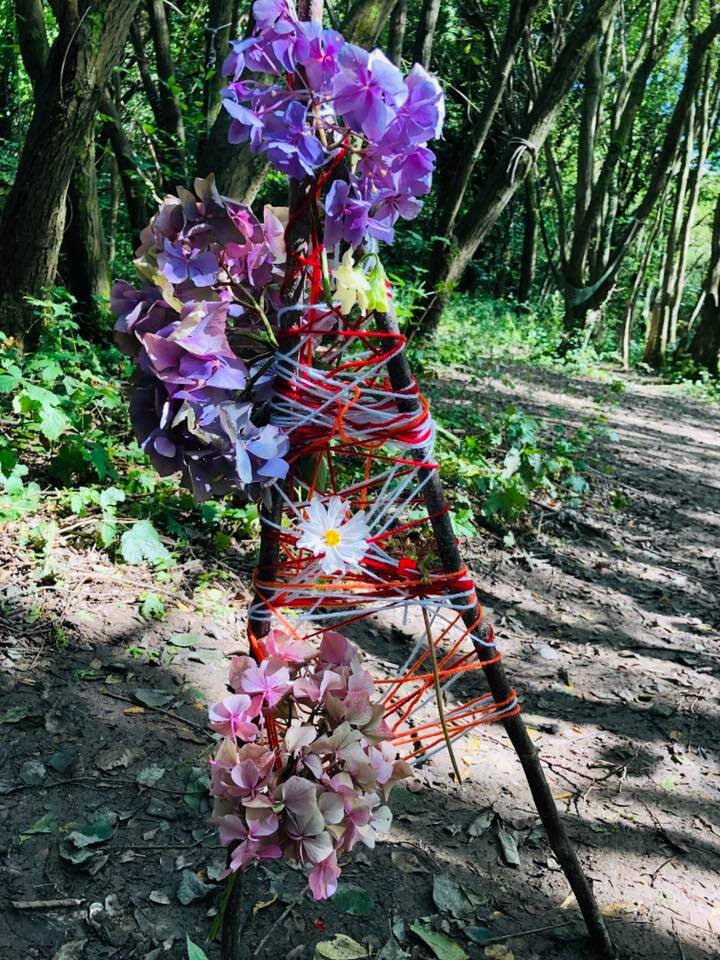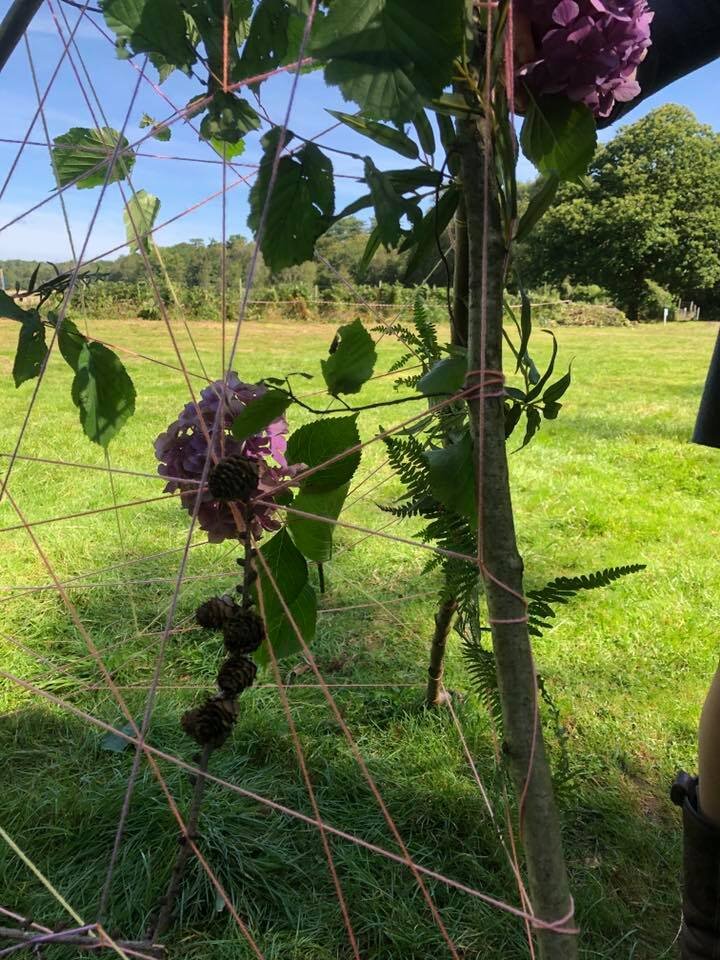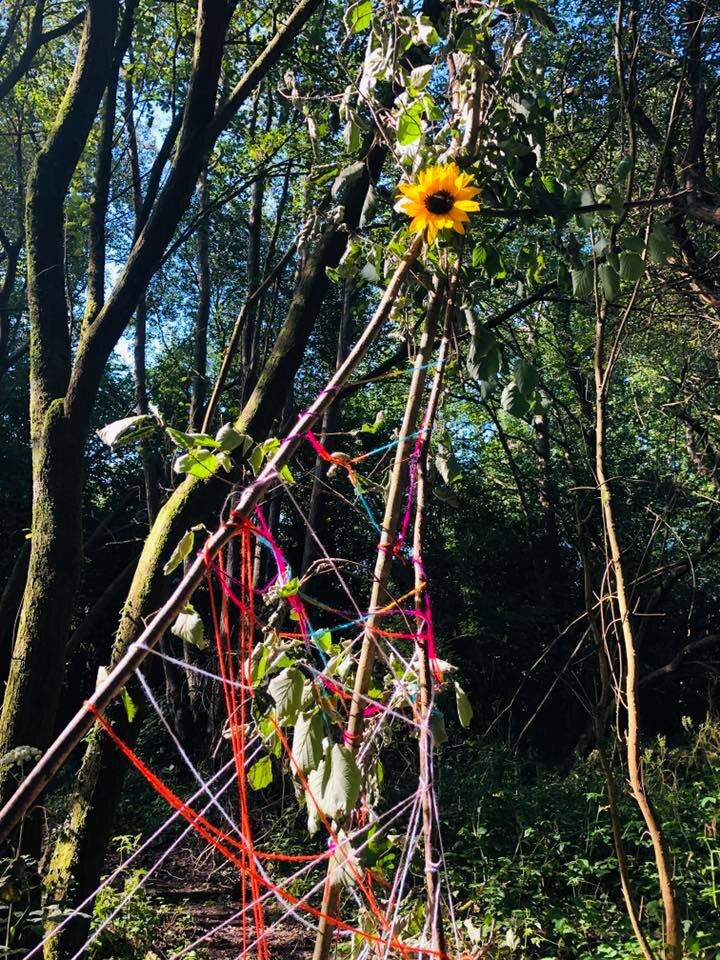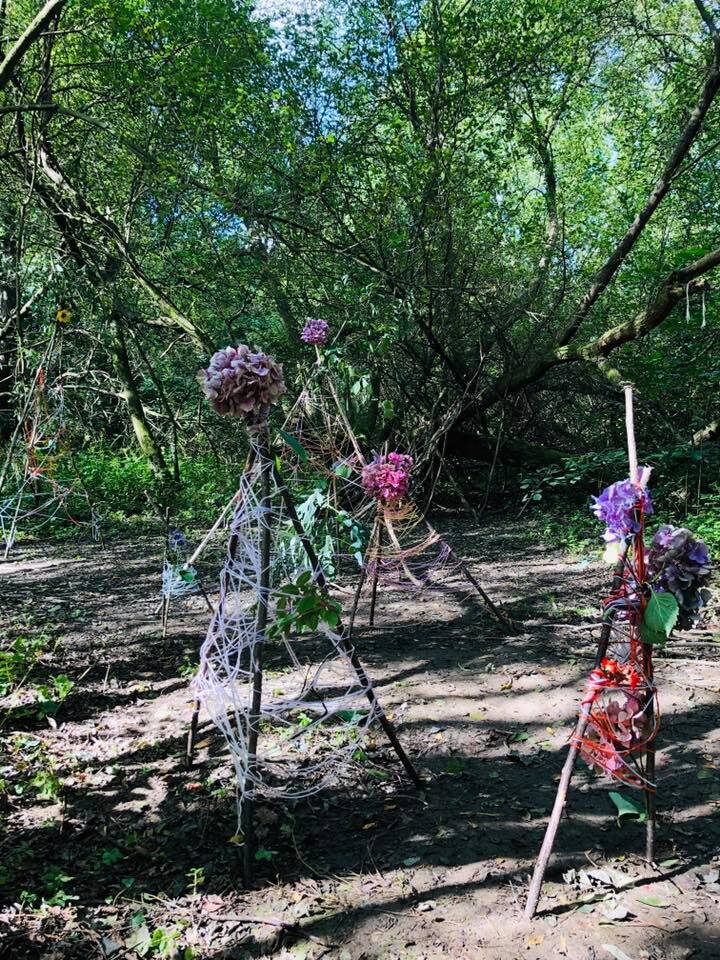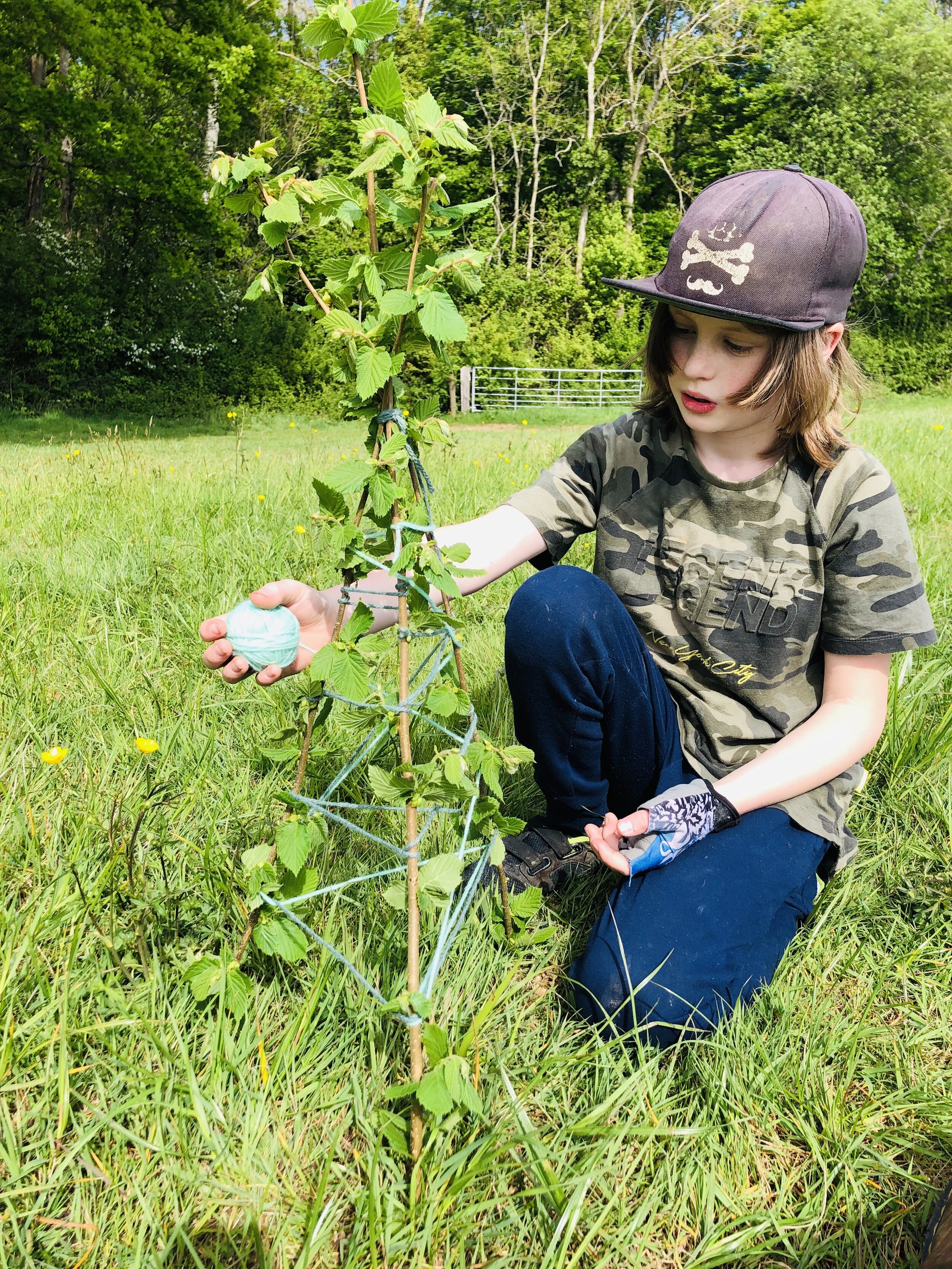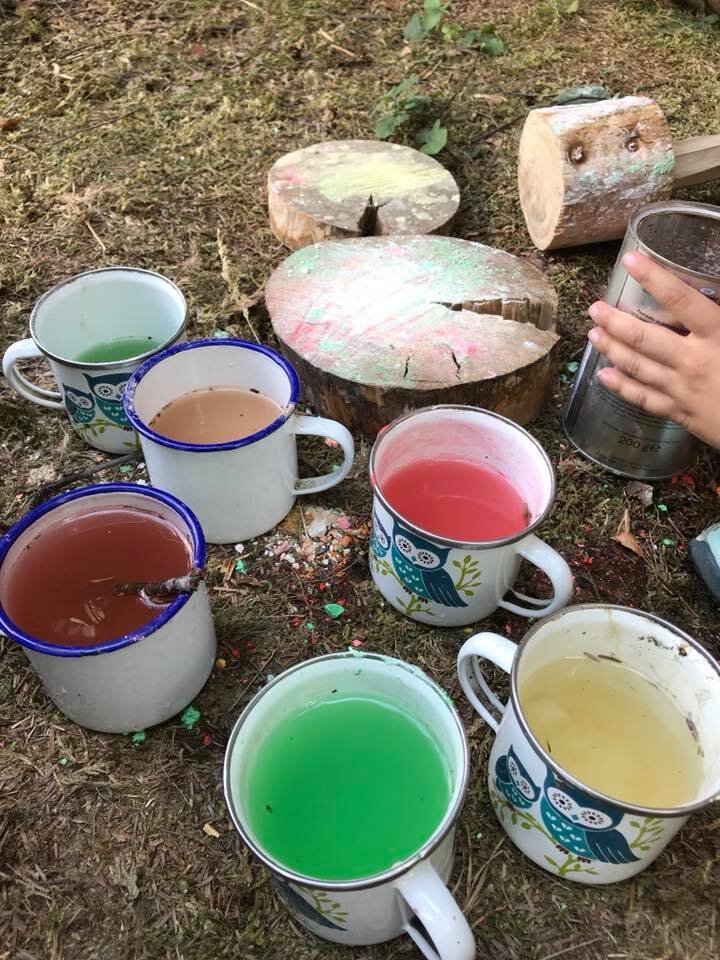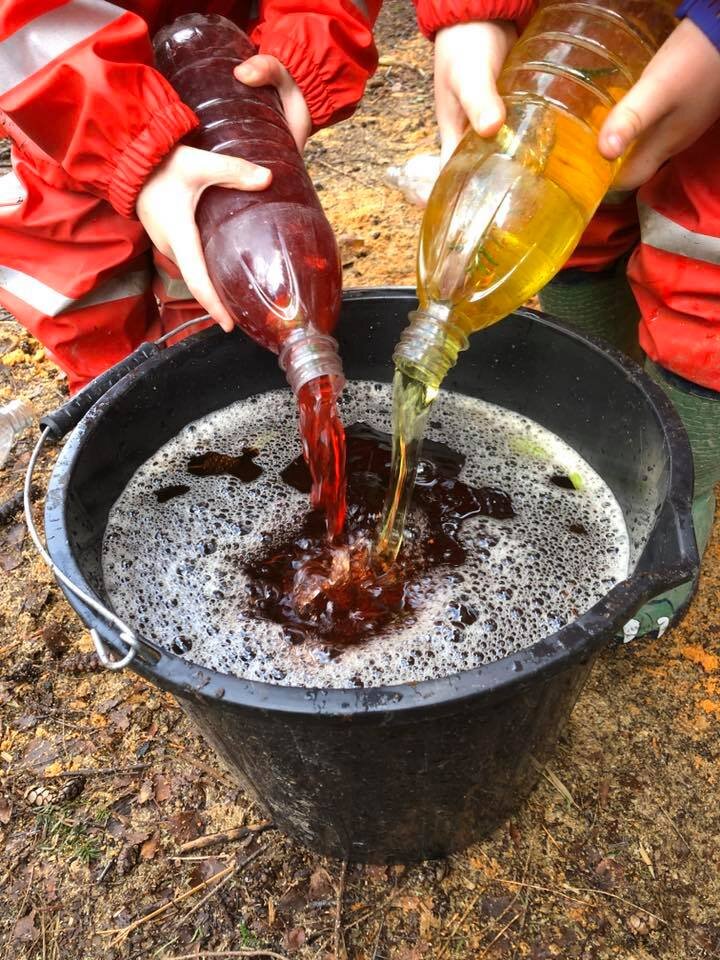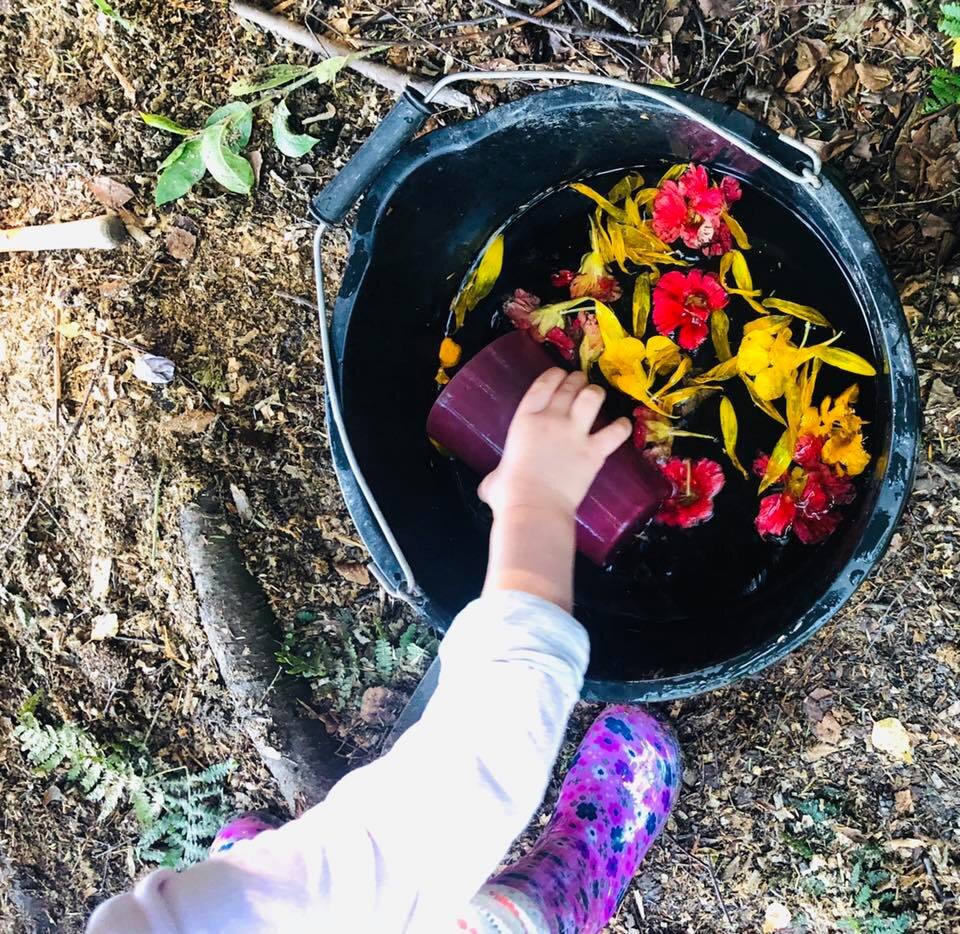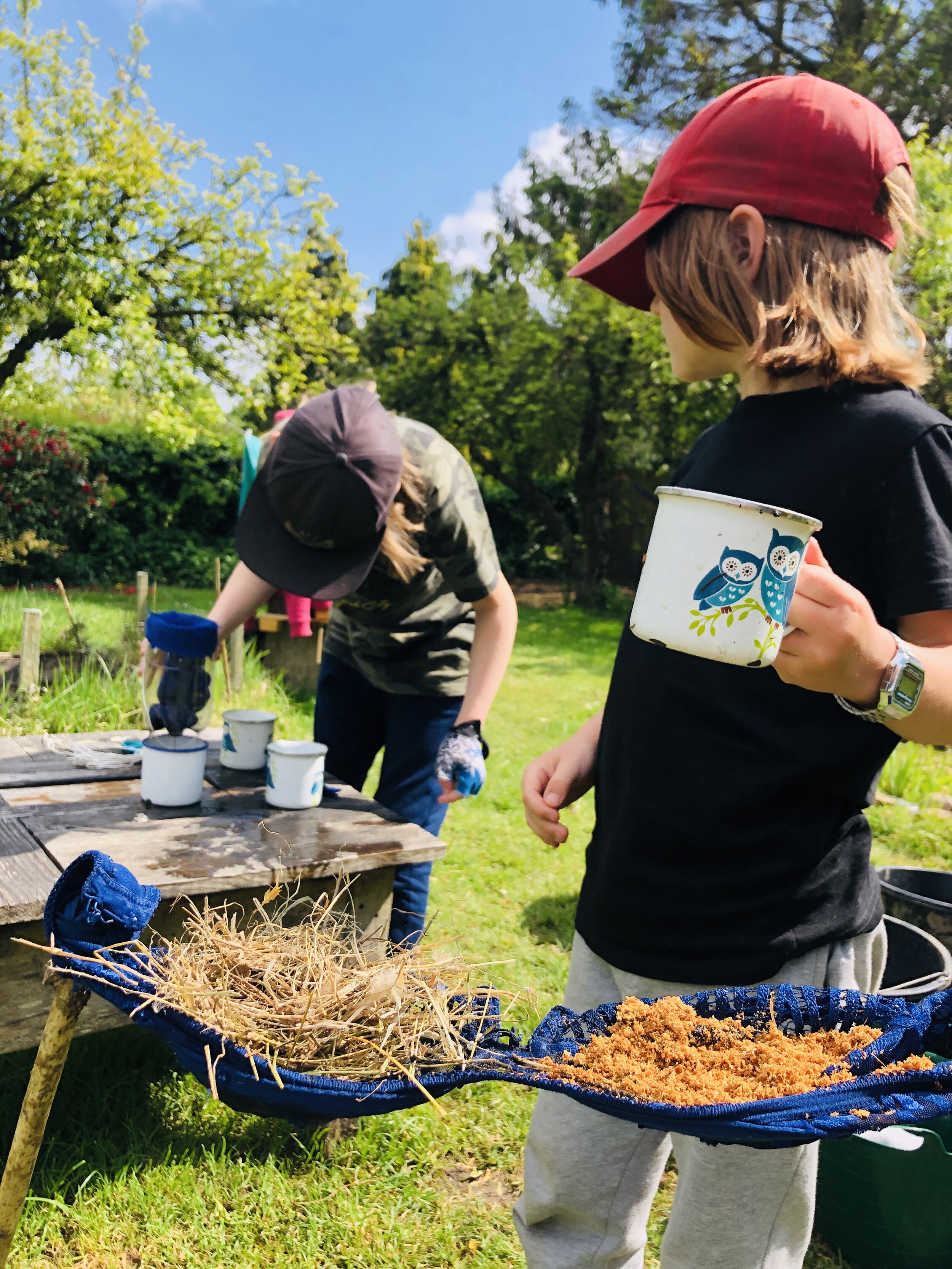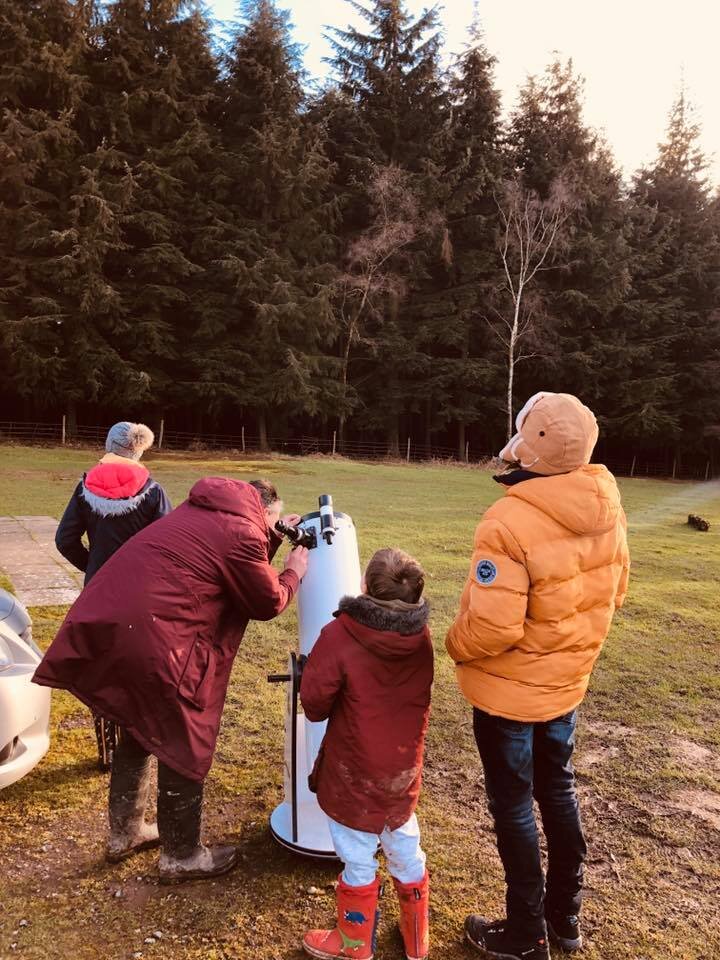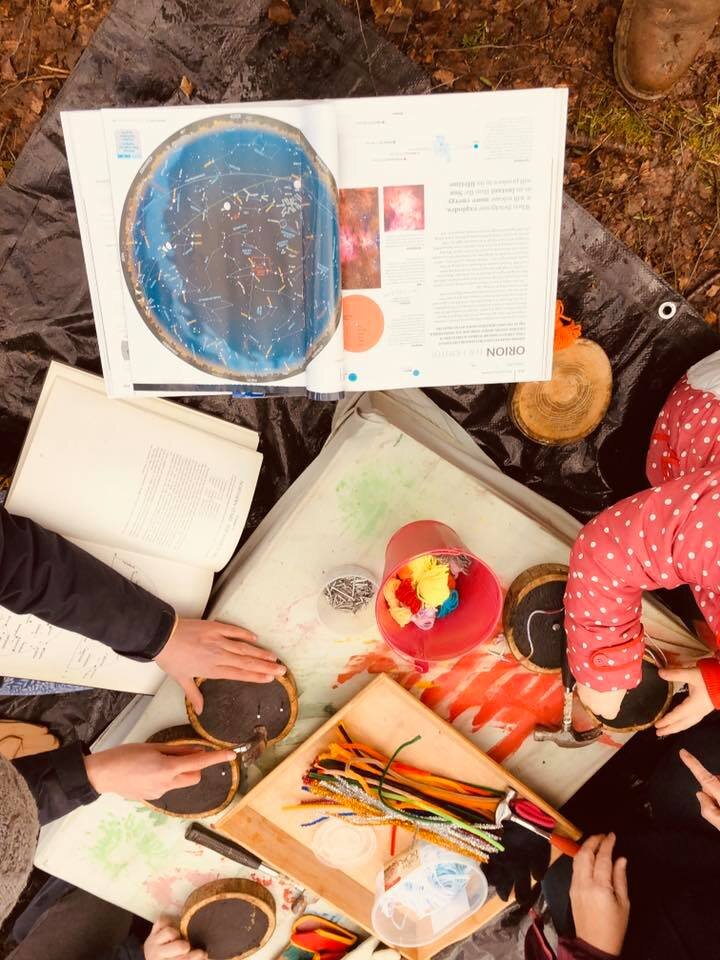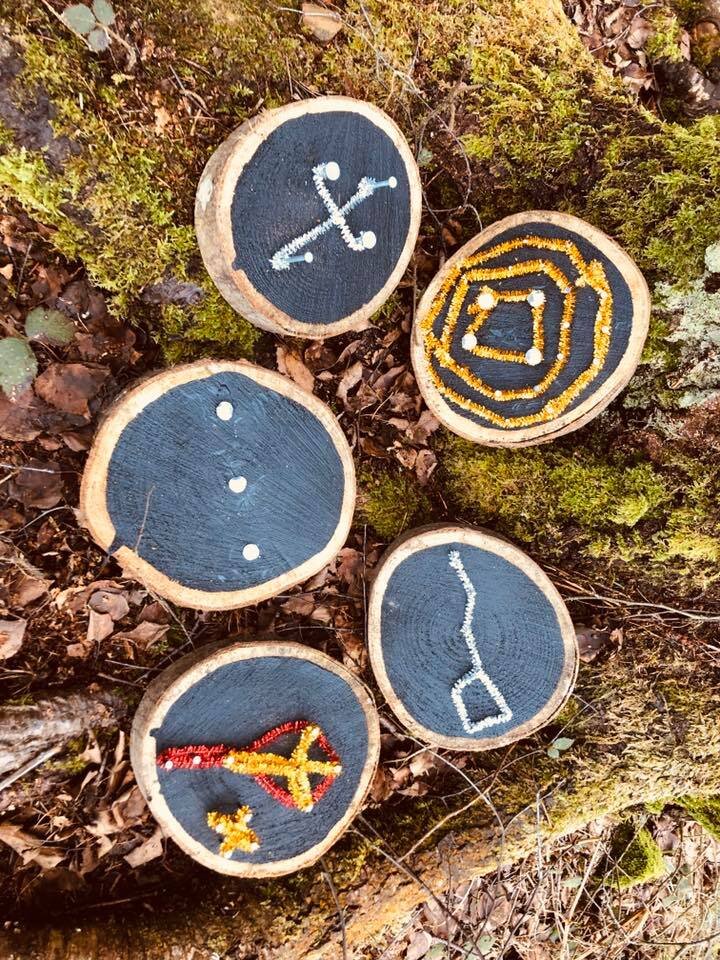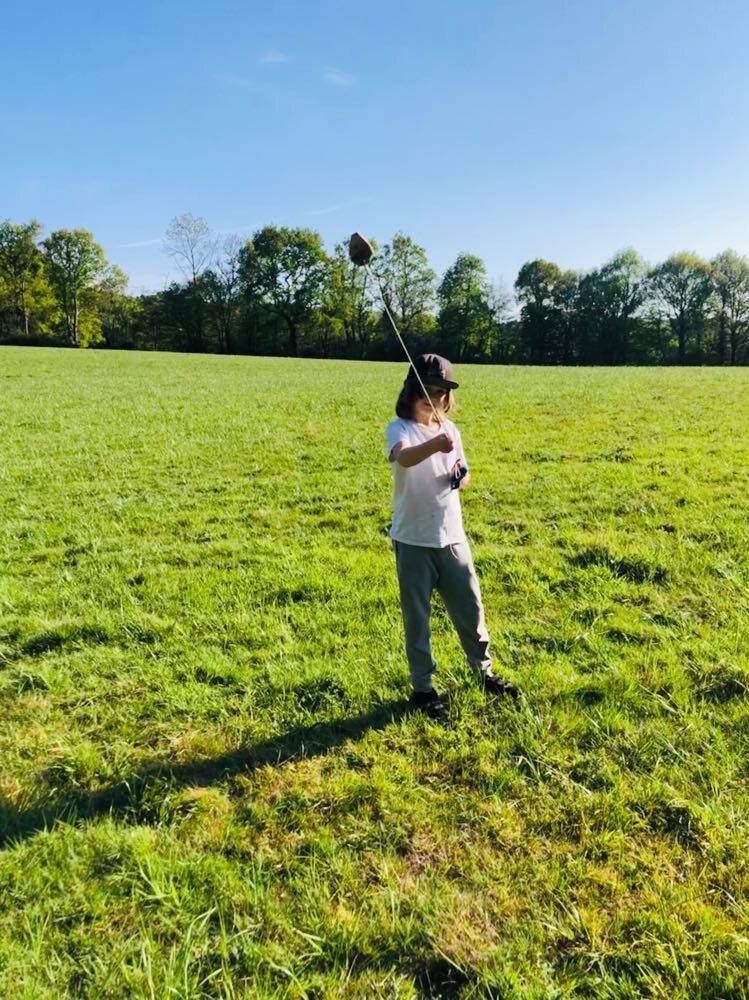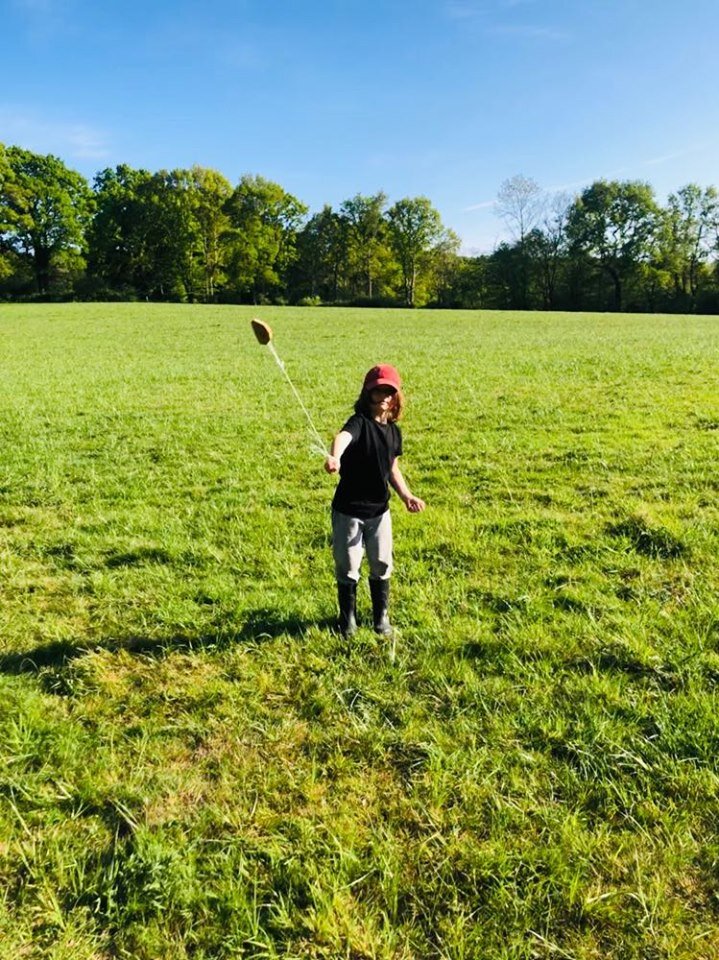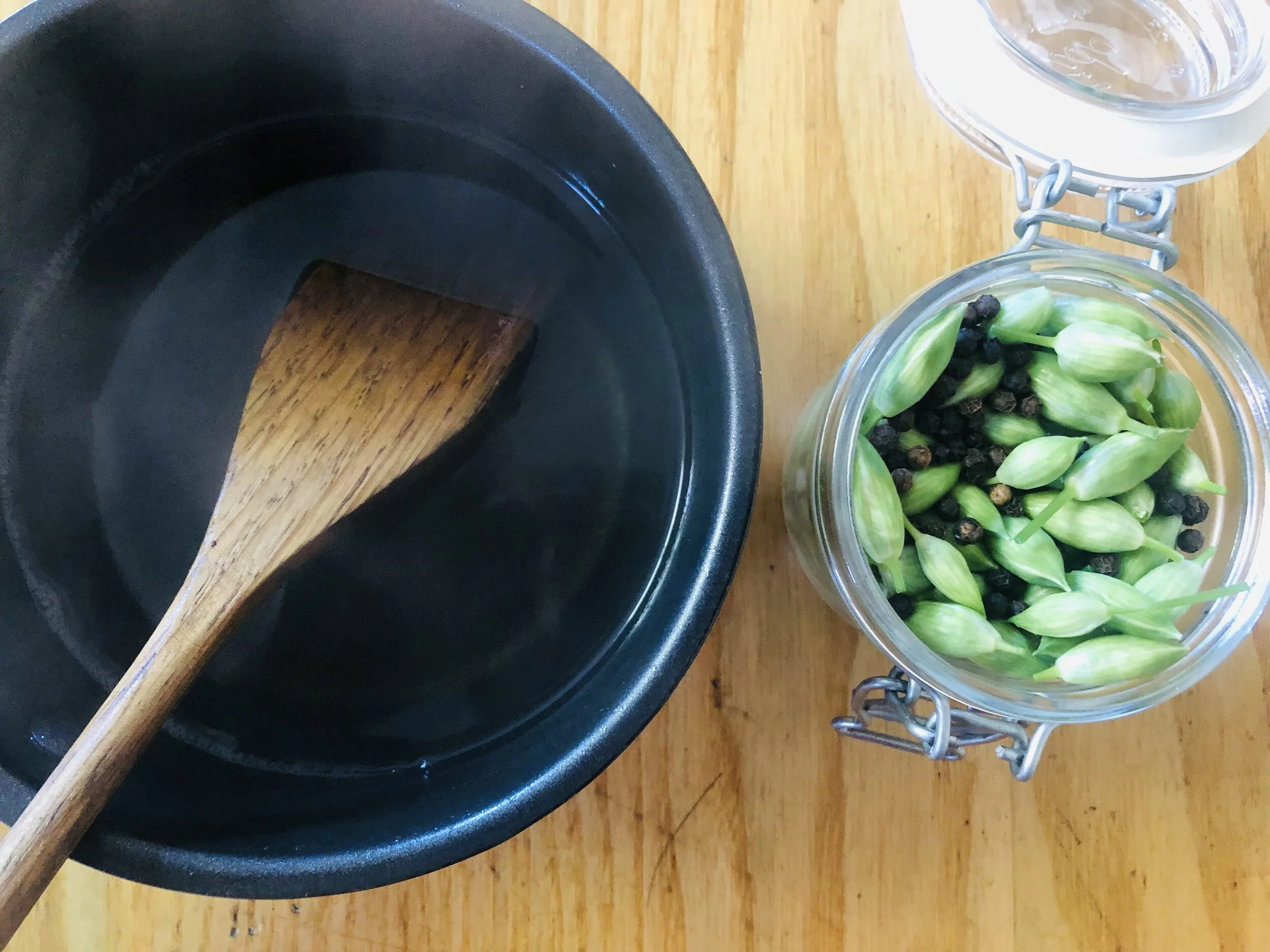Back Garden Hedgehogs
/By Mel Evans
I have a wildlife camera of my own here at home. It is exactly like the one we have available to loan under the wildlife camera scheme we launched this week. In a short time we have captured lots of animals that live around our cottage. The one that has stolen our hearts though are the hedgehogs.
I don’t know what it is about hedgehogs that is so fascinating and endearing. Maybe its the adorable antics they get up too. Maybe we love them because of the way they have been portrayed from Mrs Tigglewinkle to Sonic! Maybe its the fact that, although hedgehogs are not shy, we don’t often see them. Sleeping all day and hibernating all Winter means they are not the easiest of animals to observe. Maybe our appreciation of them comes from the knowledge that we could lose them.
Hedgehogs are on the endangered list and in the last ten years they have declined by 50% in rural areas and a third in urban areas. While the decline seems to be slowing in towns and cities that is not the case in the countryside. You can find more information about these worrying trends here.
Capturing our own local hedgehogs on the wildlife camera has really inspired us to understand their behavior and act sensitively towards them. We have caught a variety of hedgehog behaviours on film from nesting to playing with a raddish!
You can see some of this footage below and at the end of this post I have described some of the resources we have found useful on our hedgehog journey.
Hedgehog Resources
The Peoples Trust for Endangered Species and The British Hedgehog Preservation Society have joined forces to try and save our prickly friends. They are working with farmers to halt the decline in the countryside and are calling on everyone with a garden to help too.
They have created an online community called Hedgehog Street offering information and resources to make your home Hedgehog friendly. They are calling on us all to become Hedgehog Champions and spread the word in our own communities. If you are able to observe Hedgehogs you can even log their behaviors as part of their Hedgehogs After Dark project.
You can also find footage filmed by families around the country on the Hedgehog Street YouTube Channel
We loved the documentary Year of the Hedgehog and how it explained hedgehog behaviours throughout the year. Its a beautiful film with no graphic scenes so should be suitable for most children However a Hoglet is implied to be eaten by an owl and a mother Hedgehog is shown after it was hit on a road.

